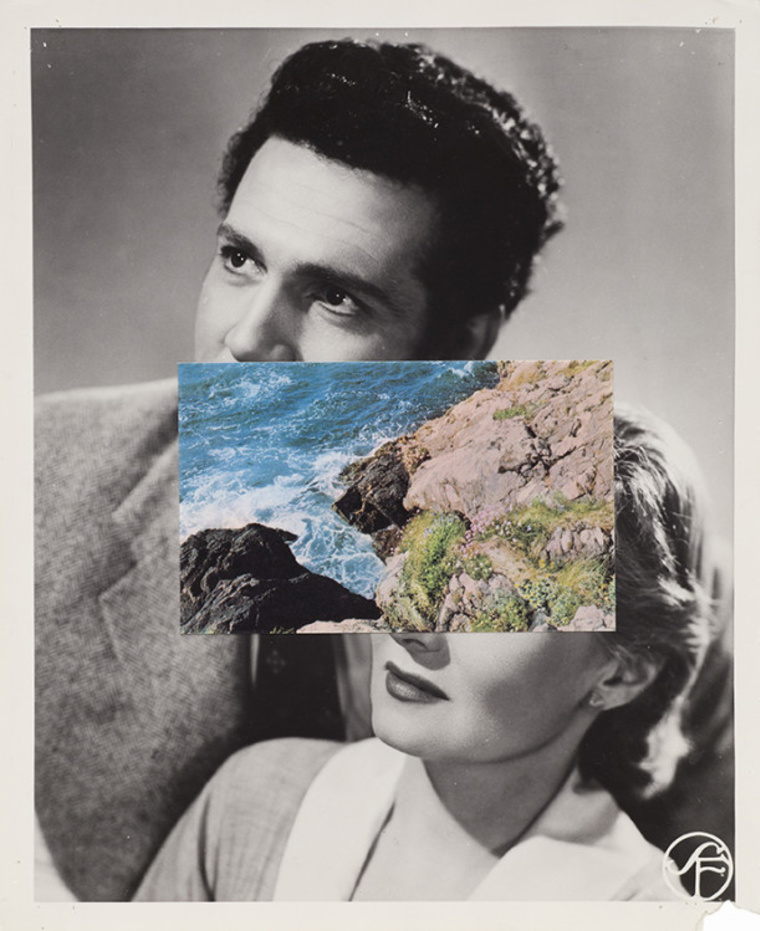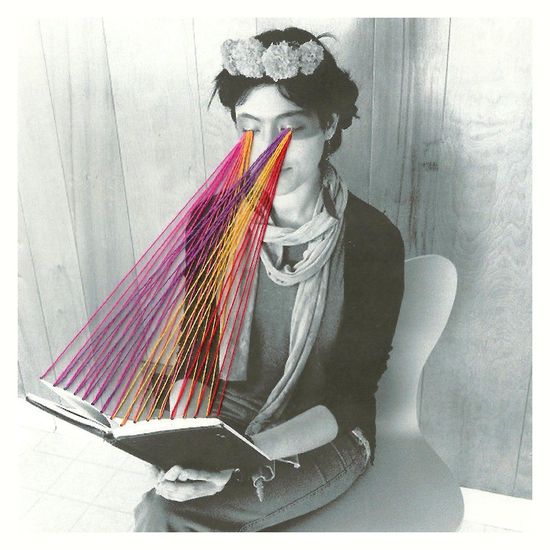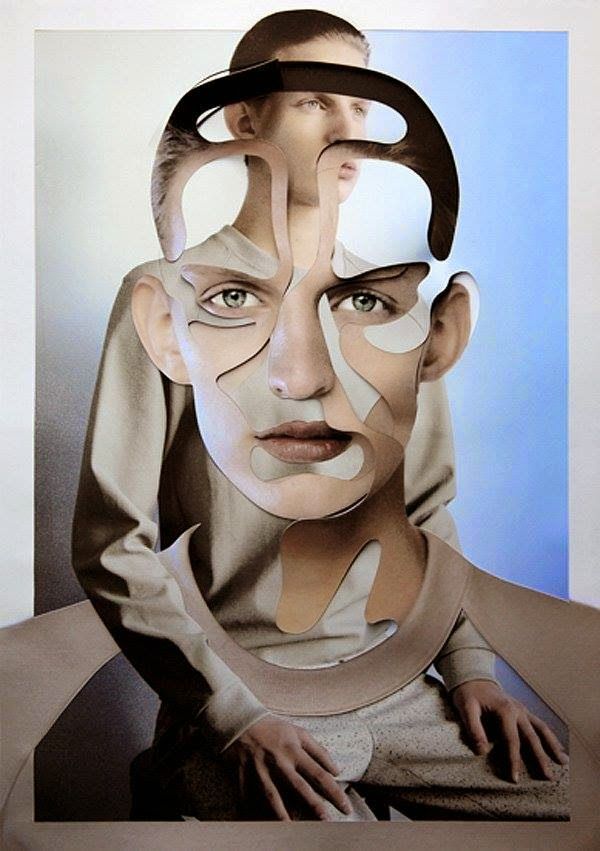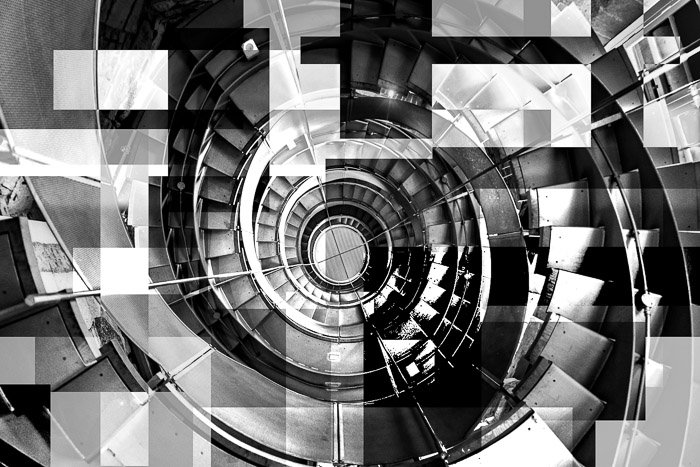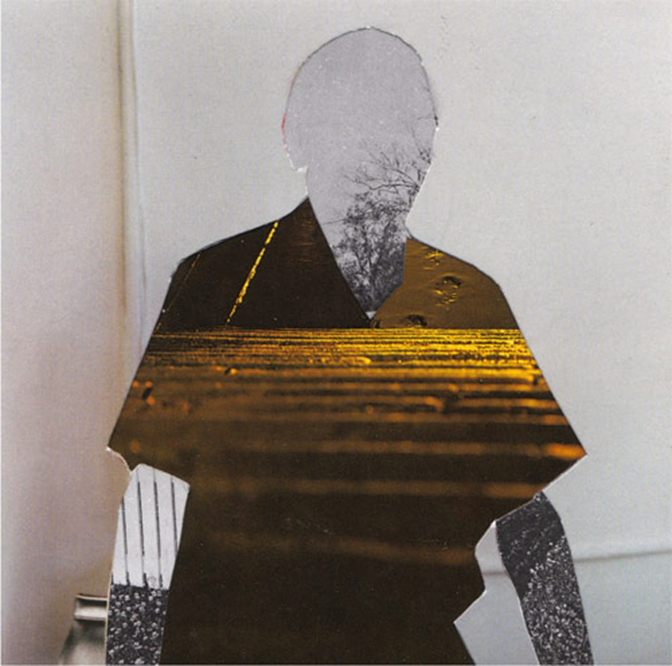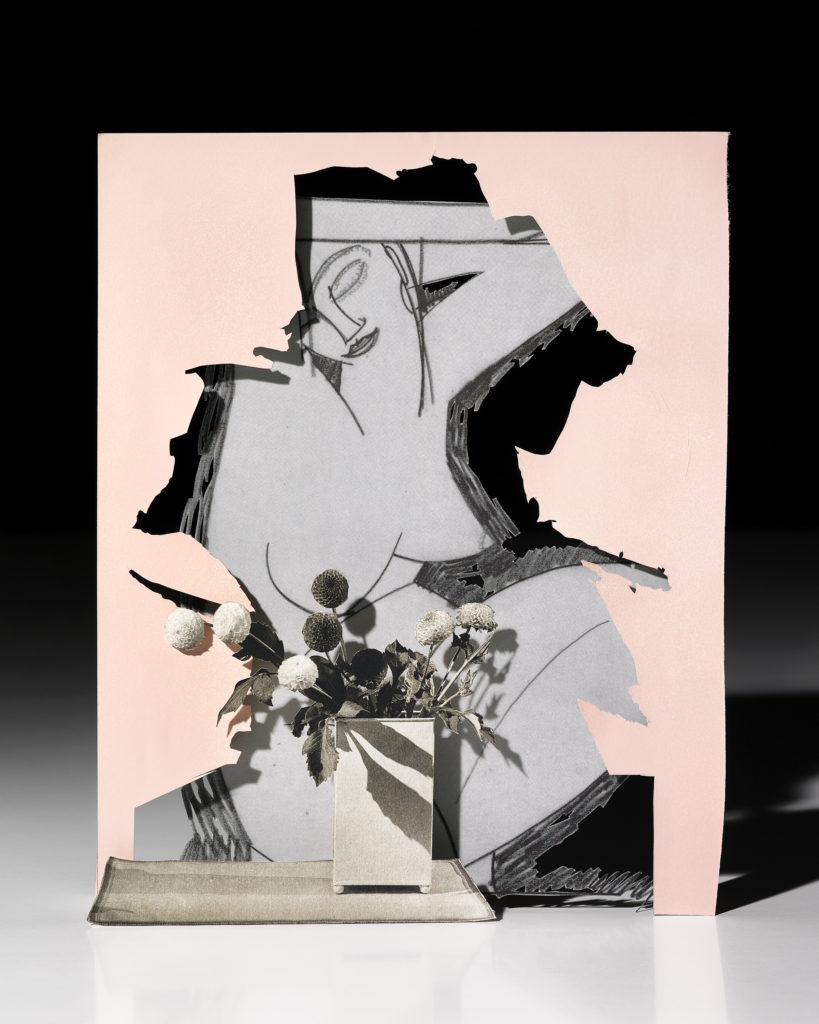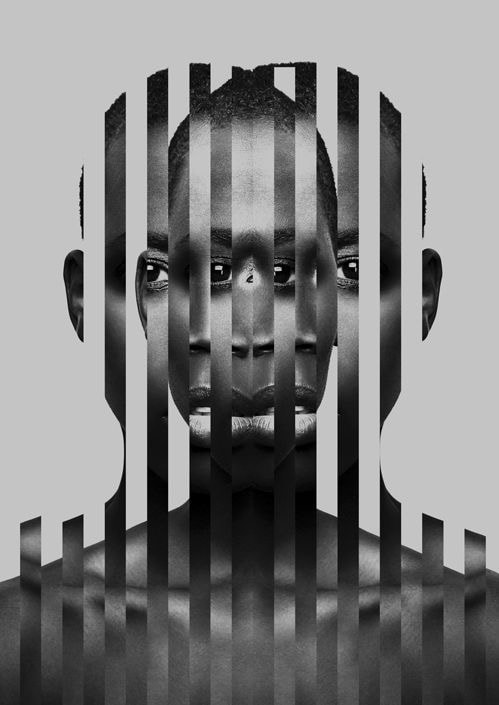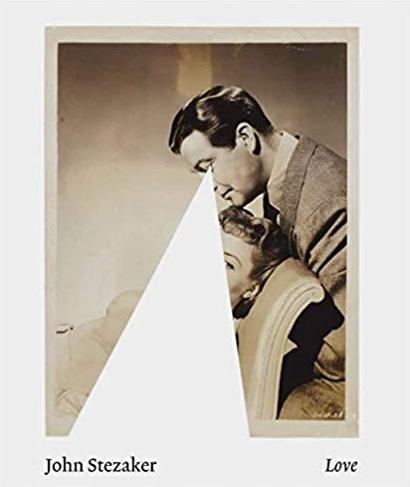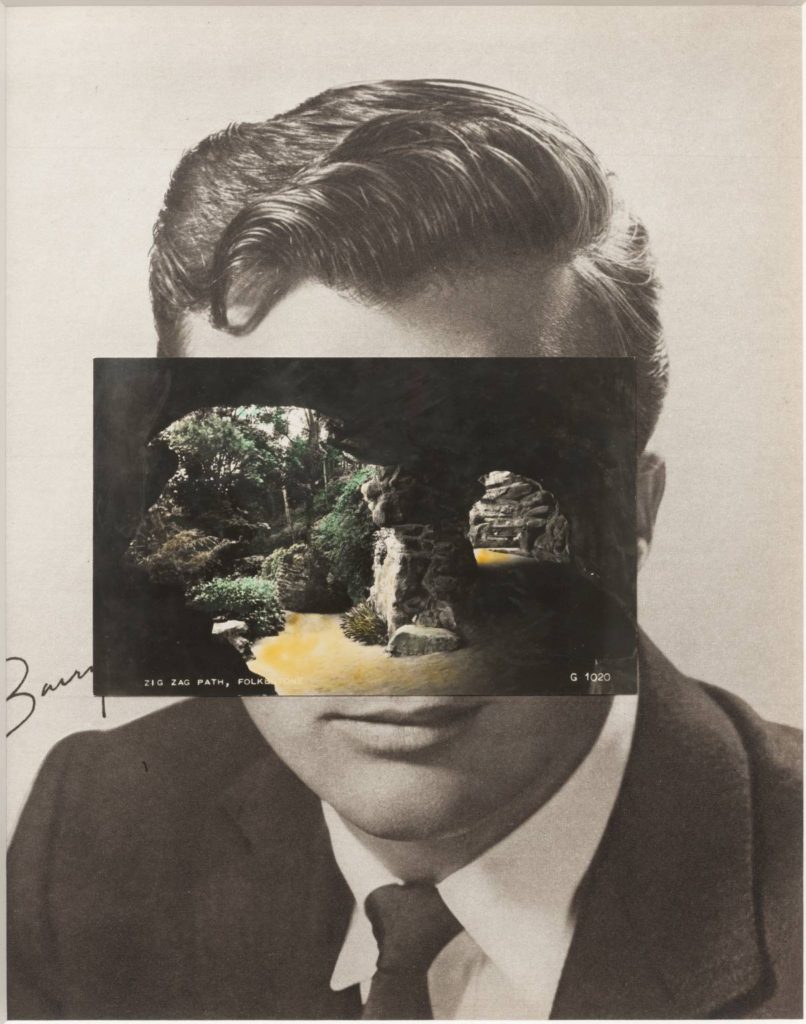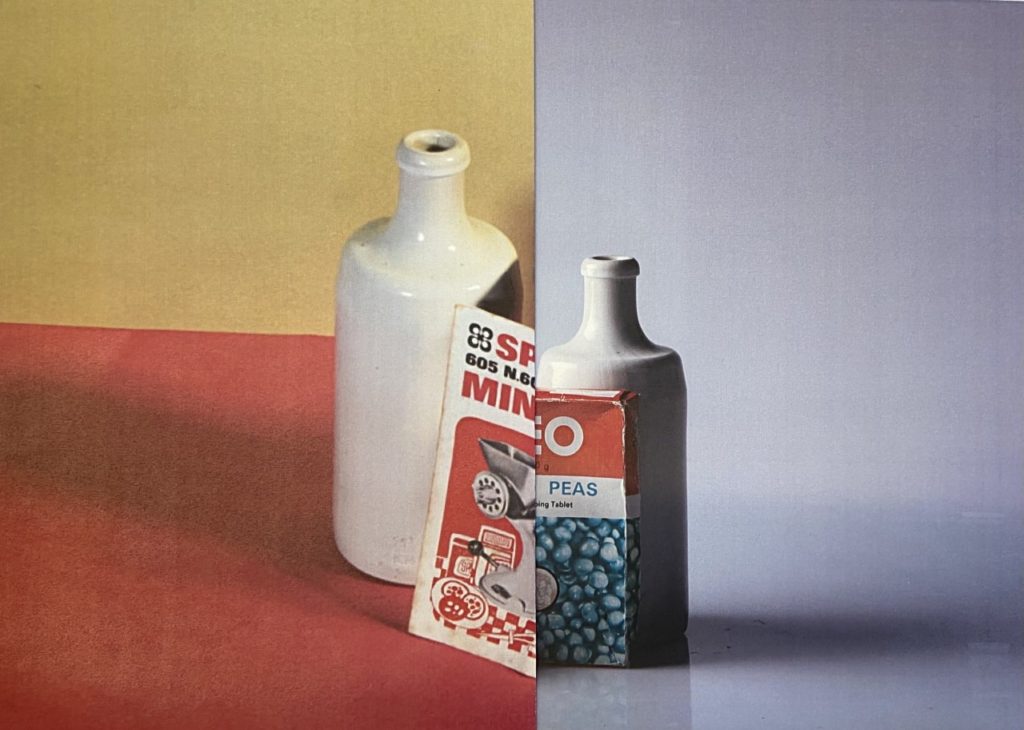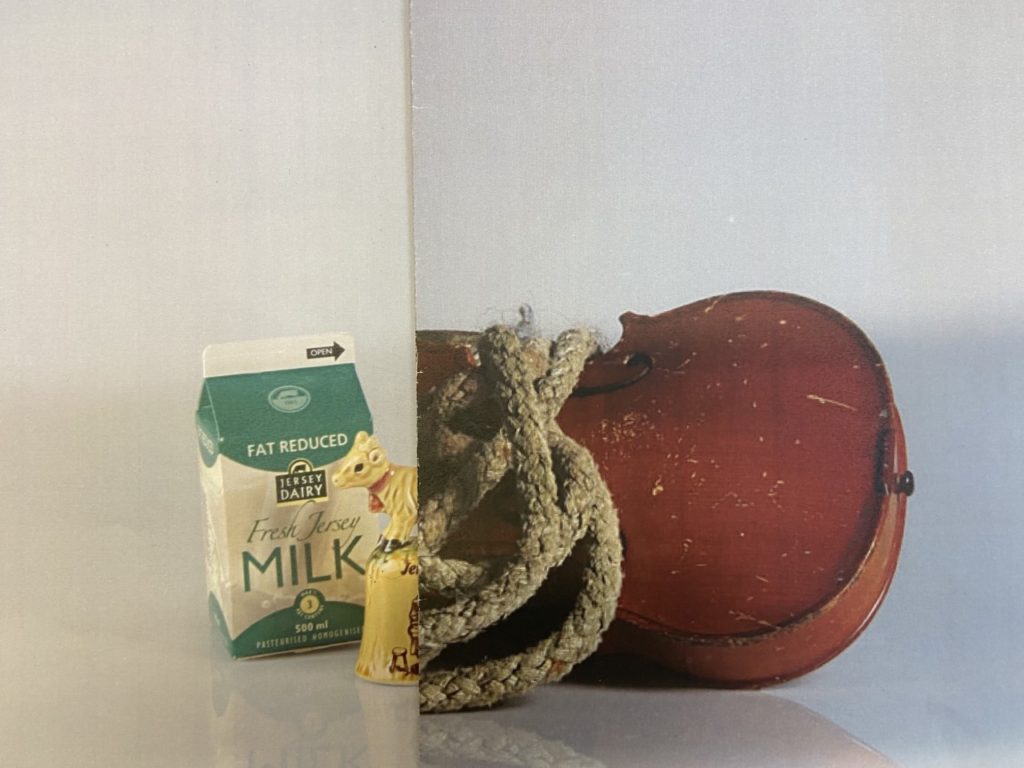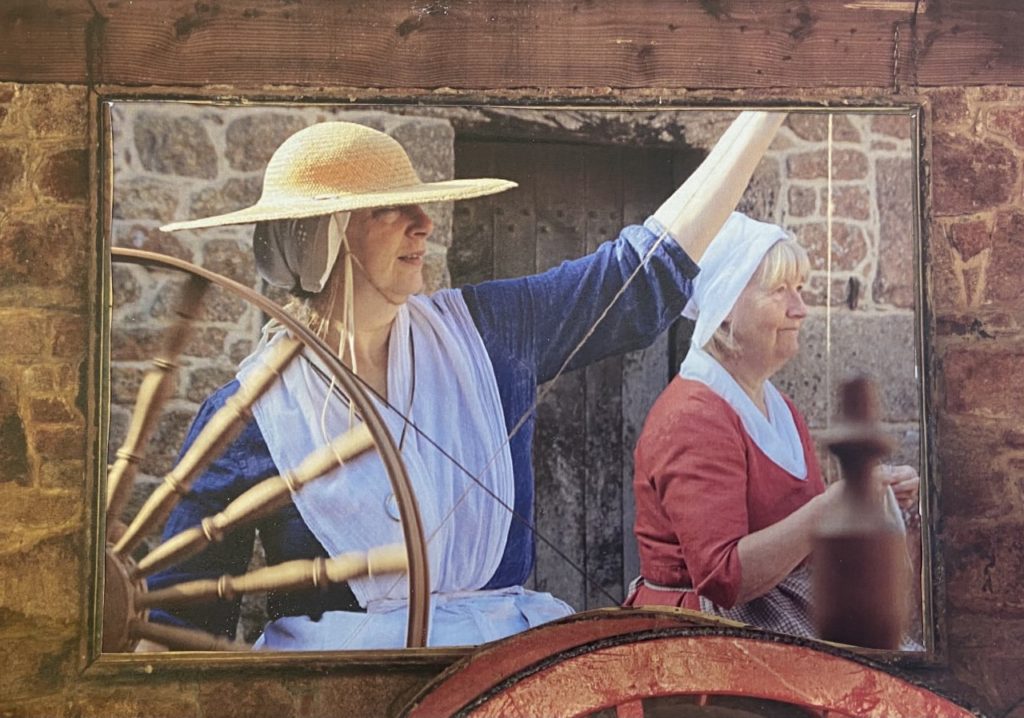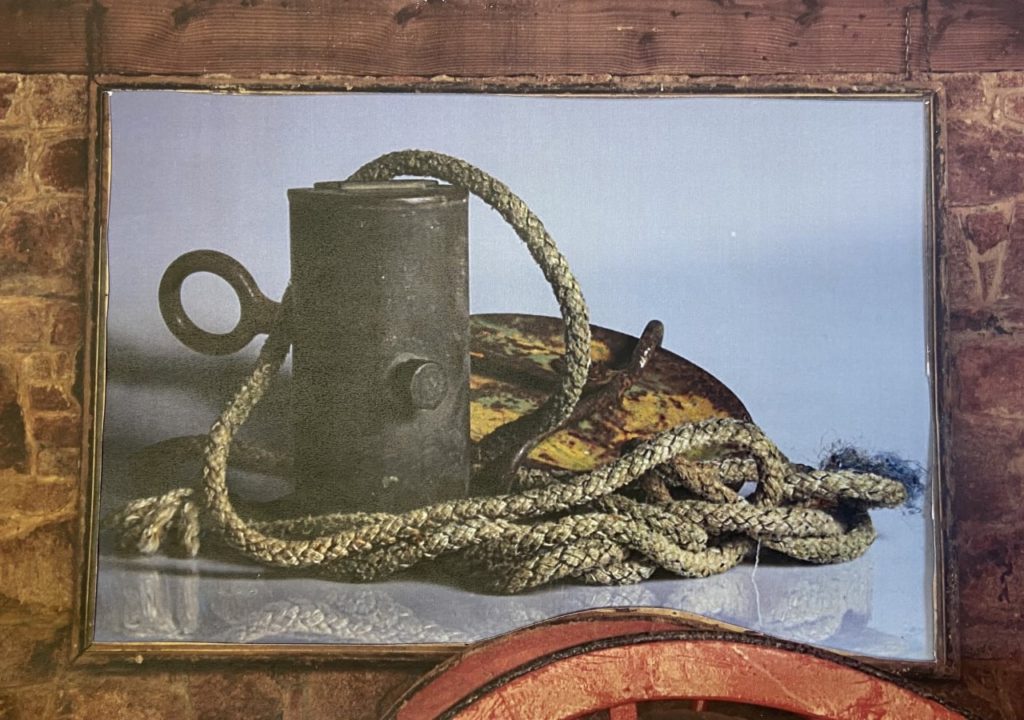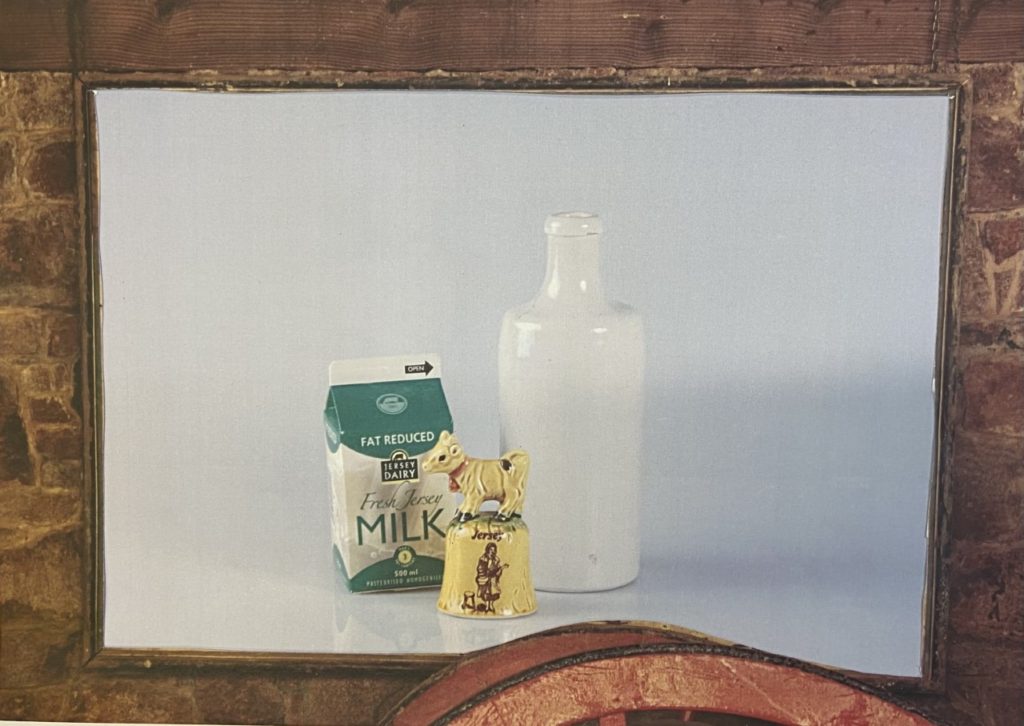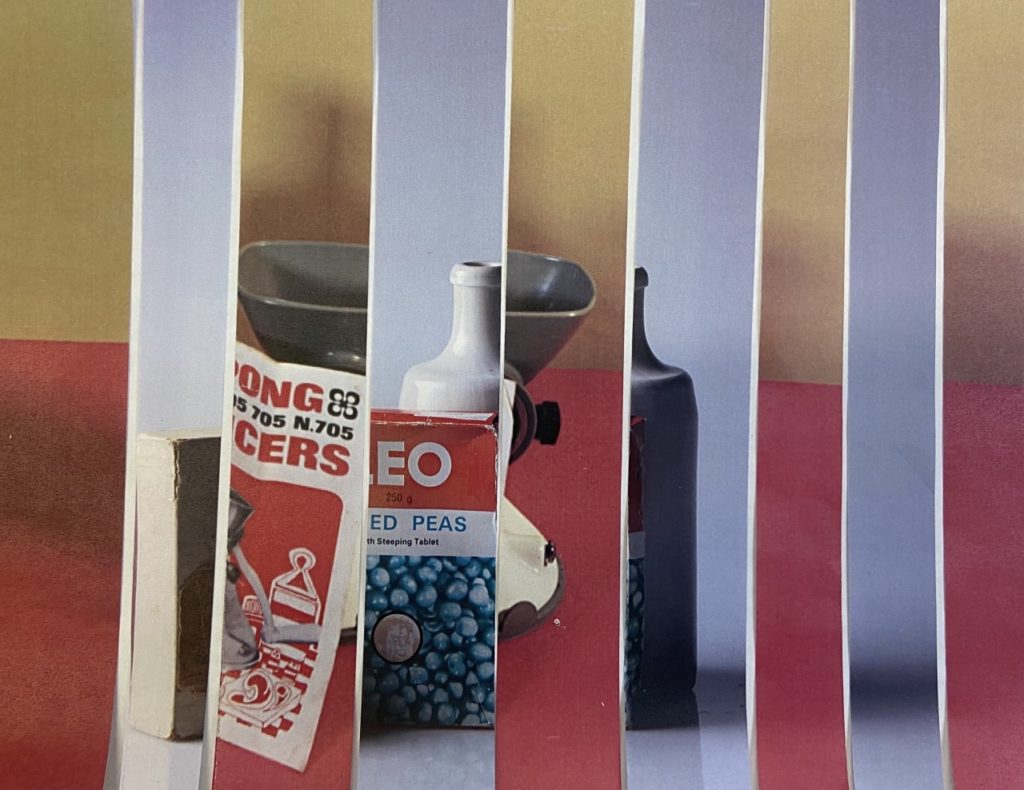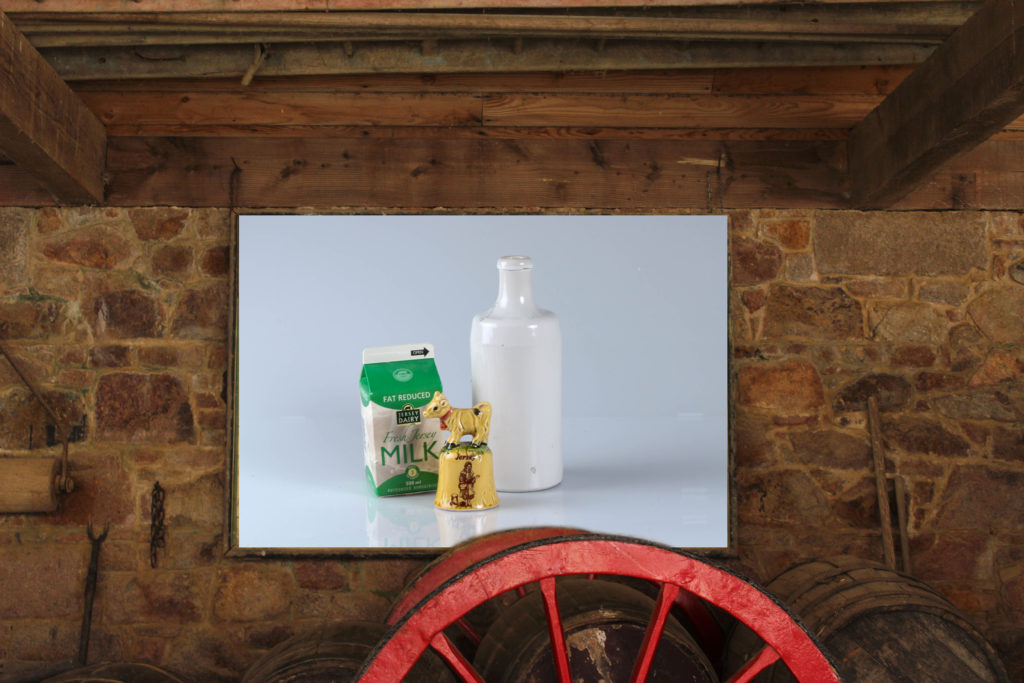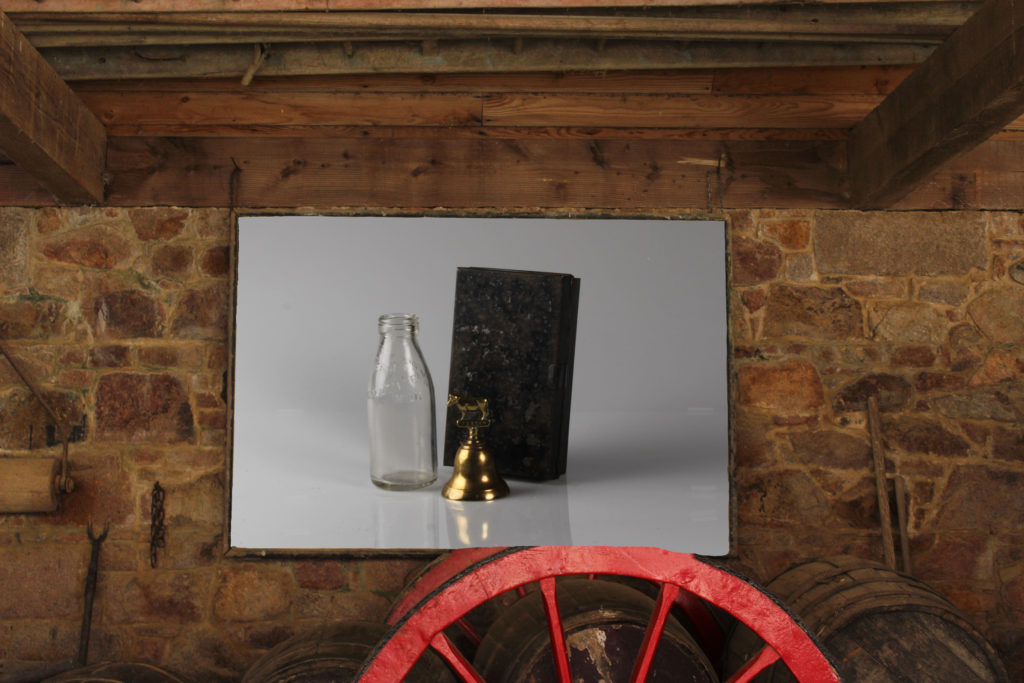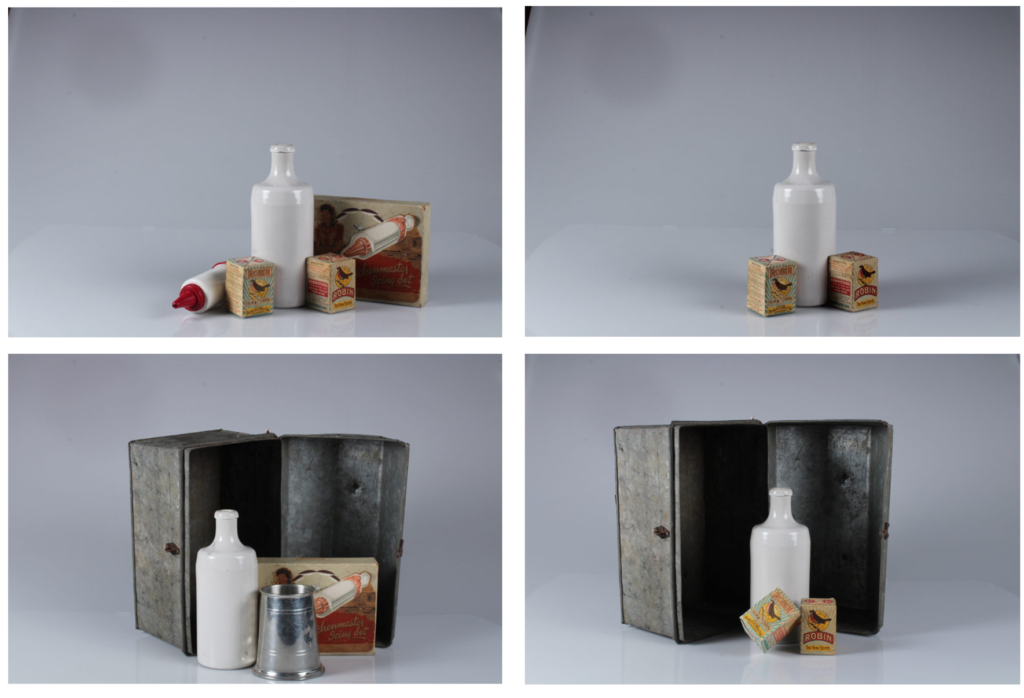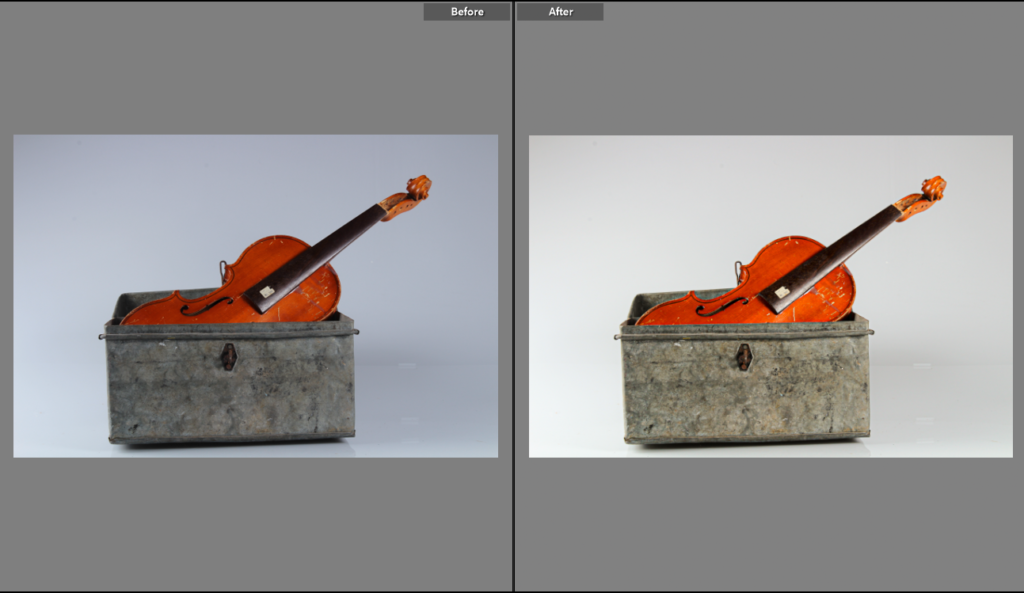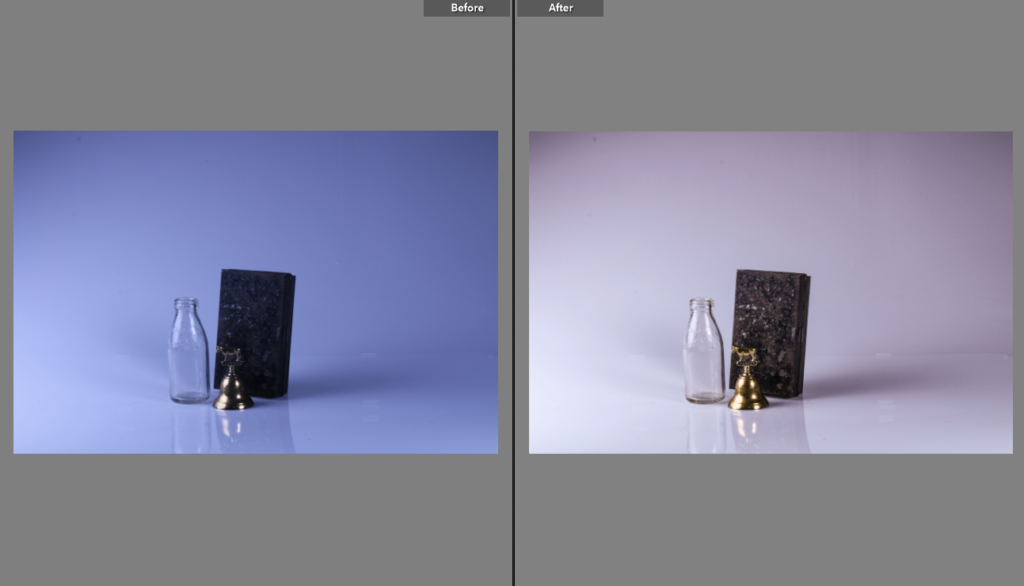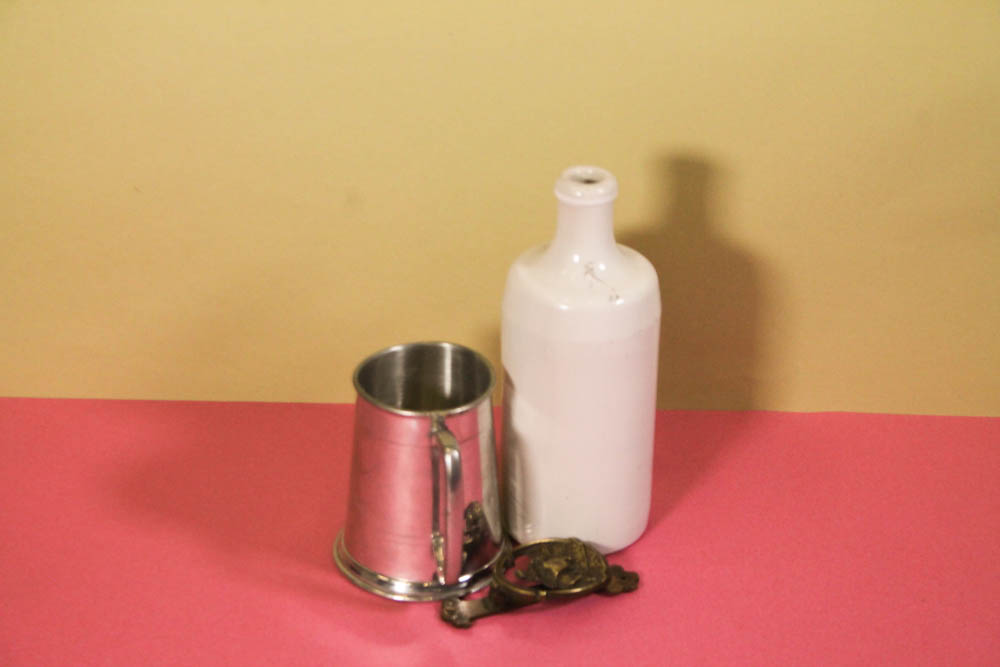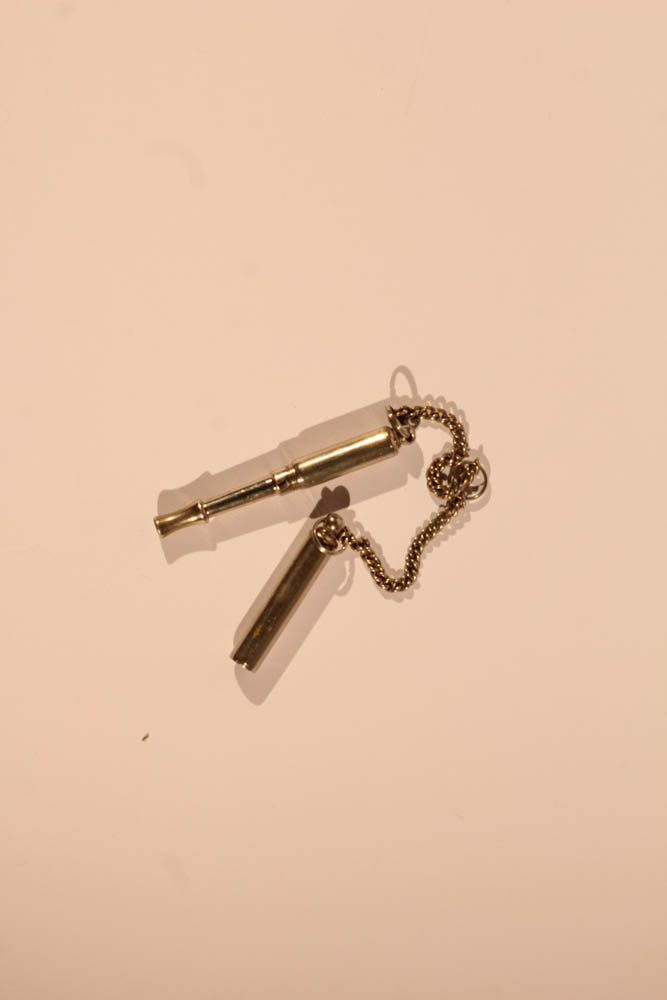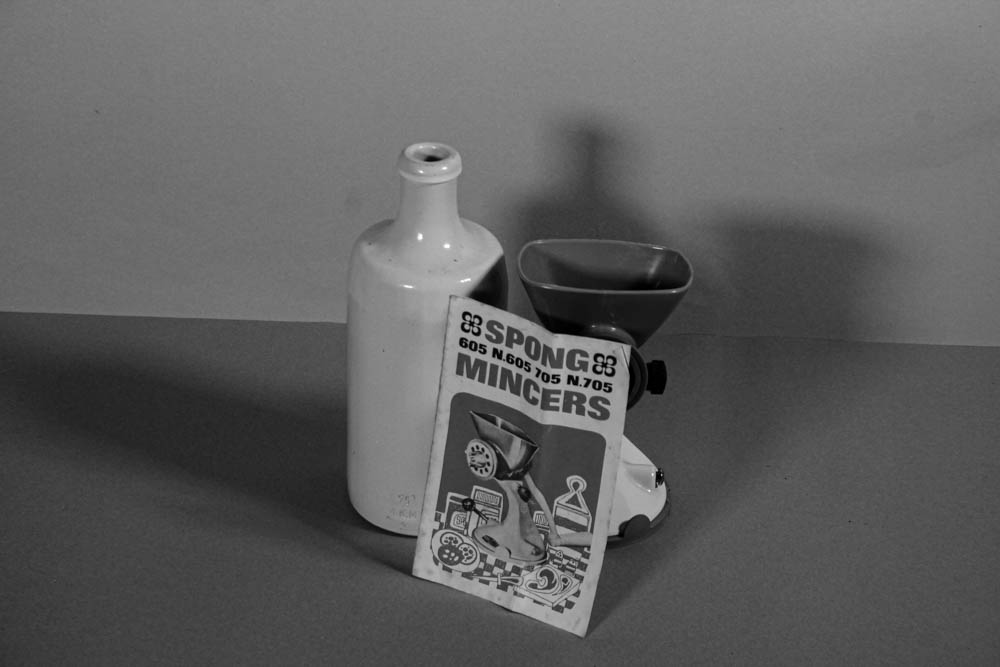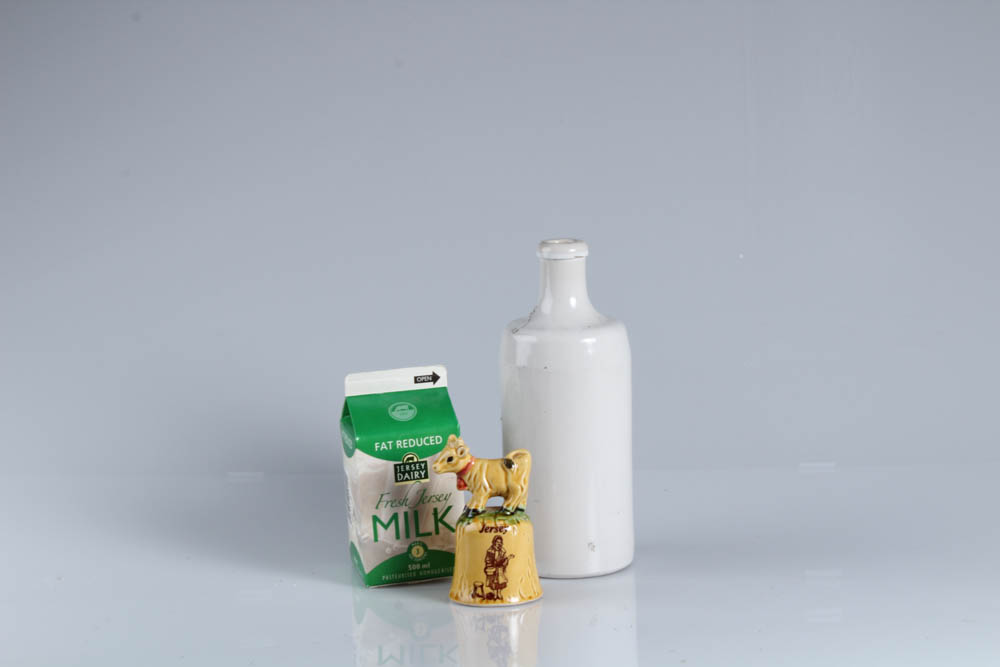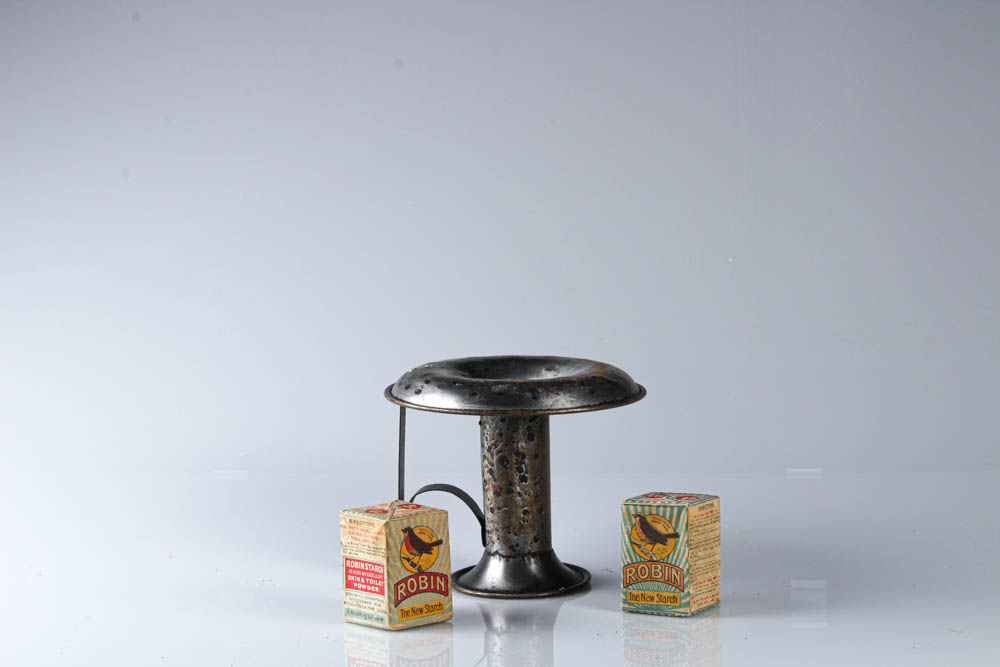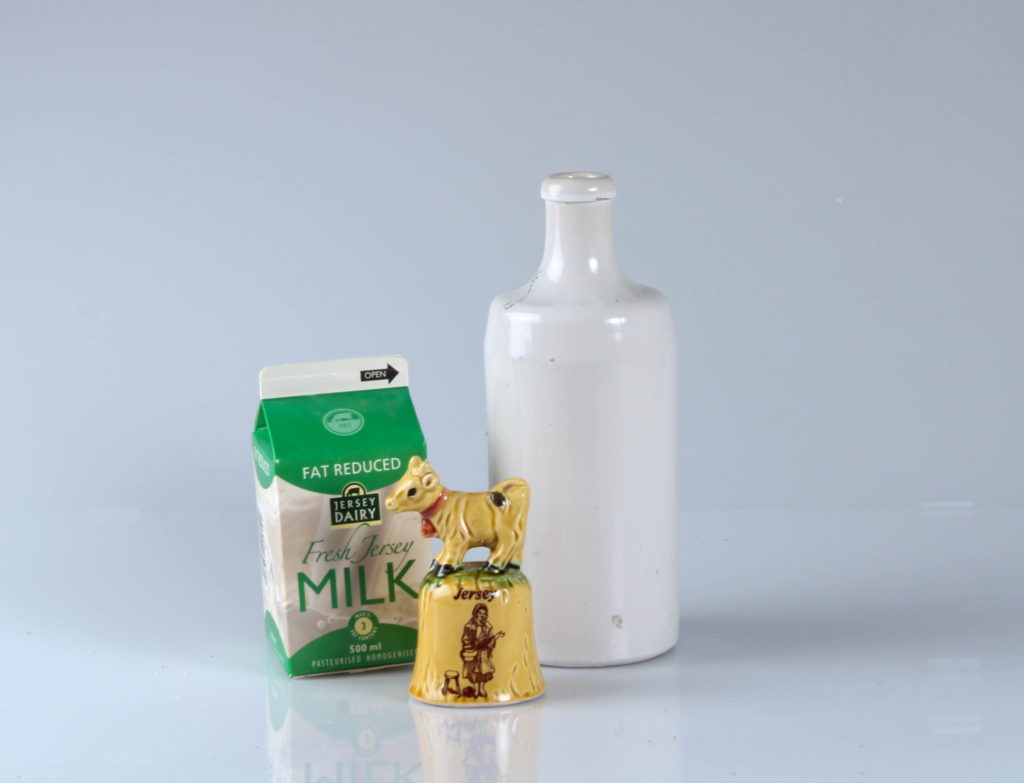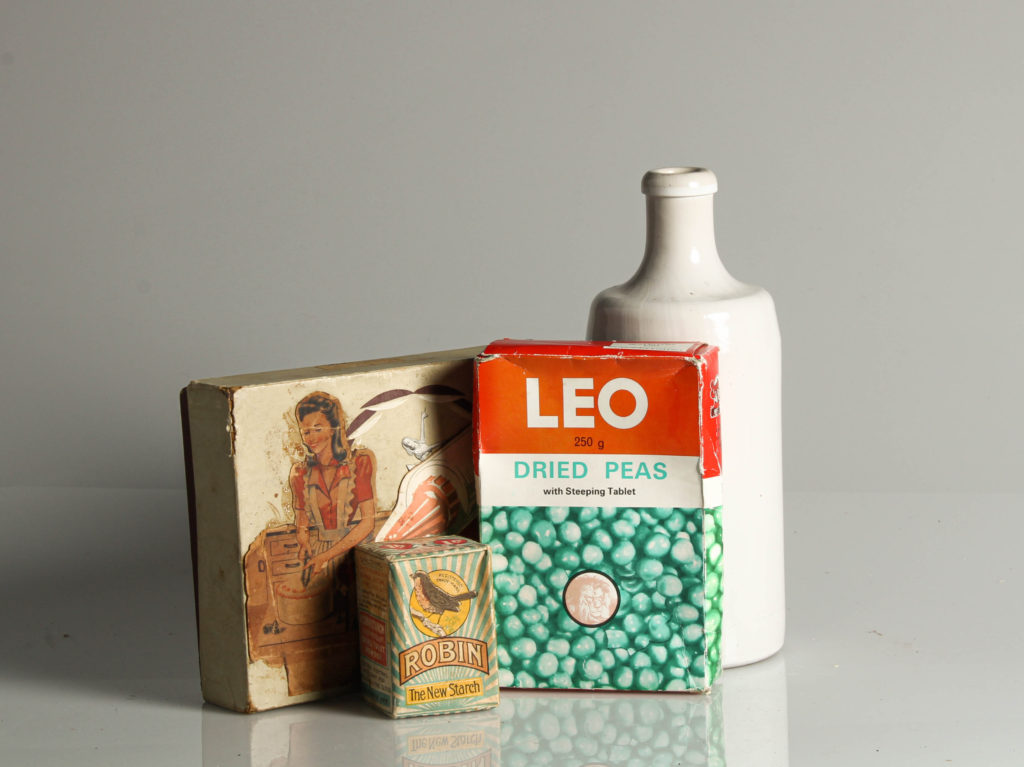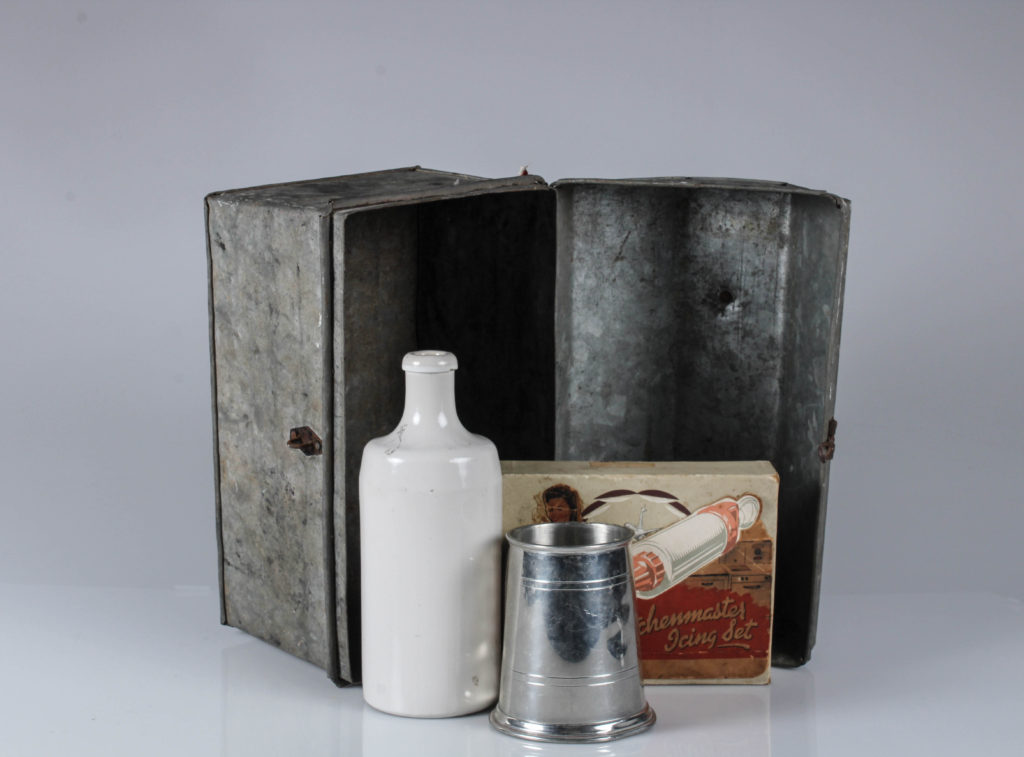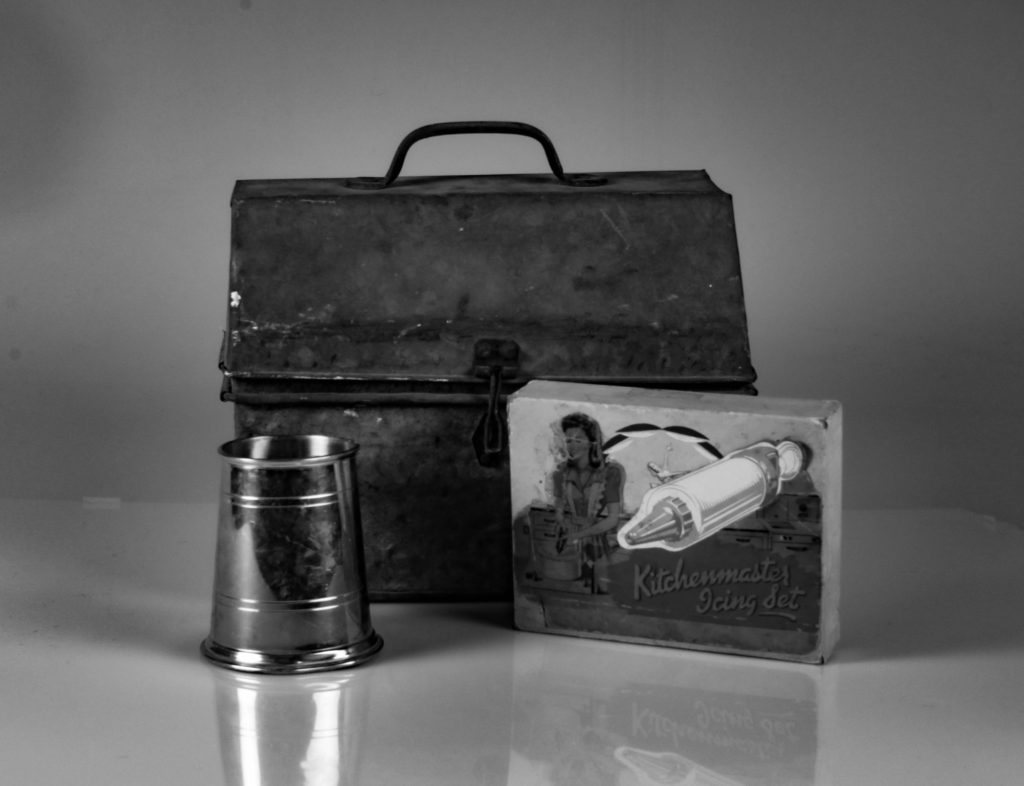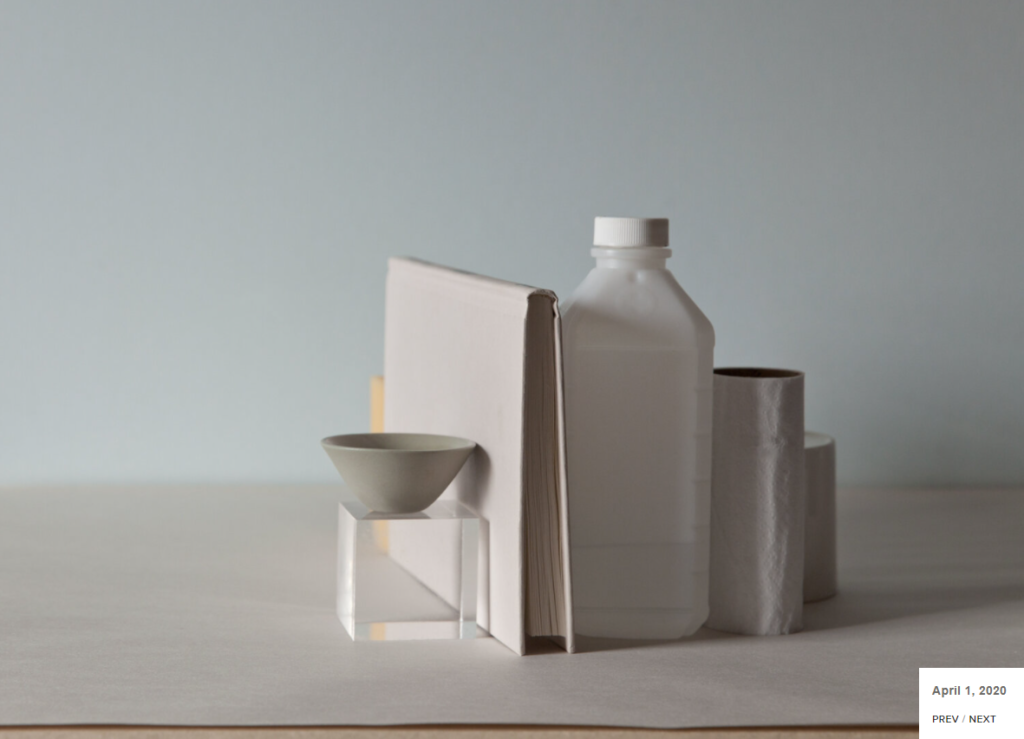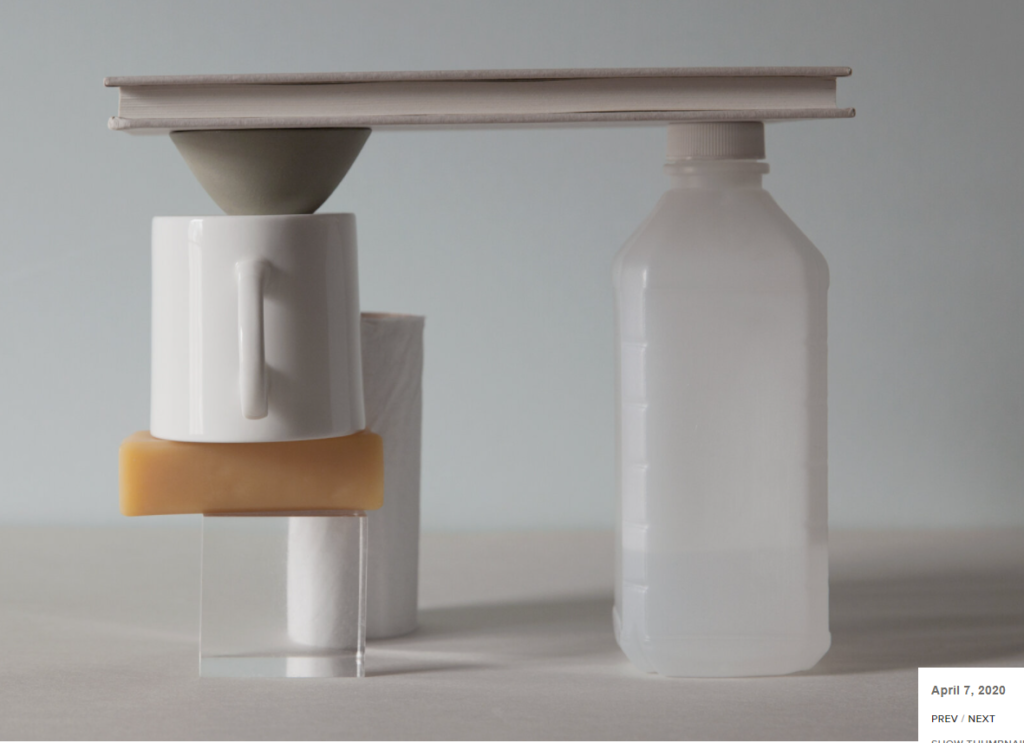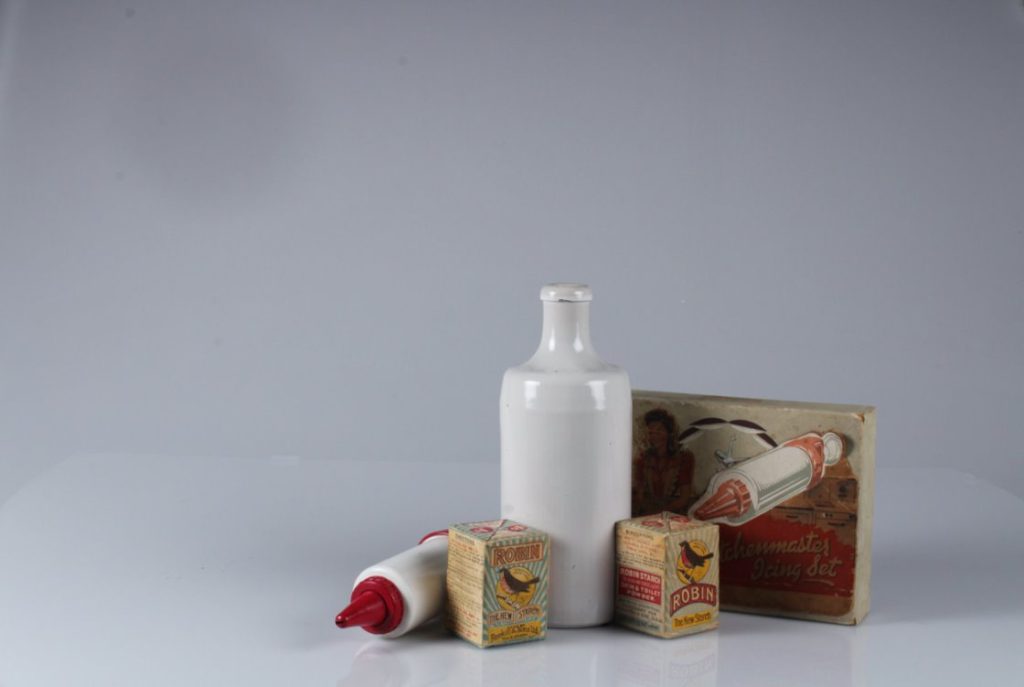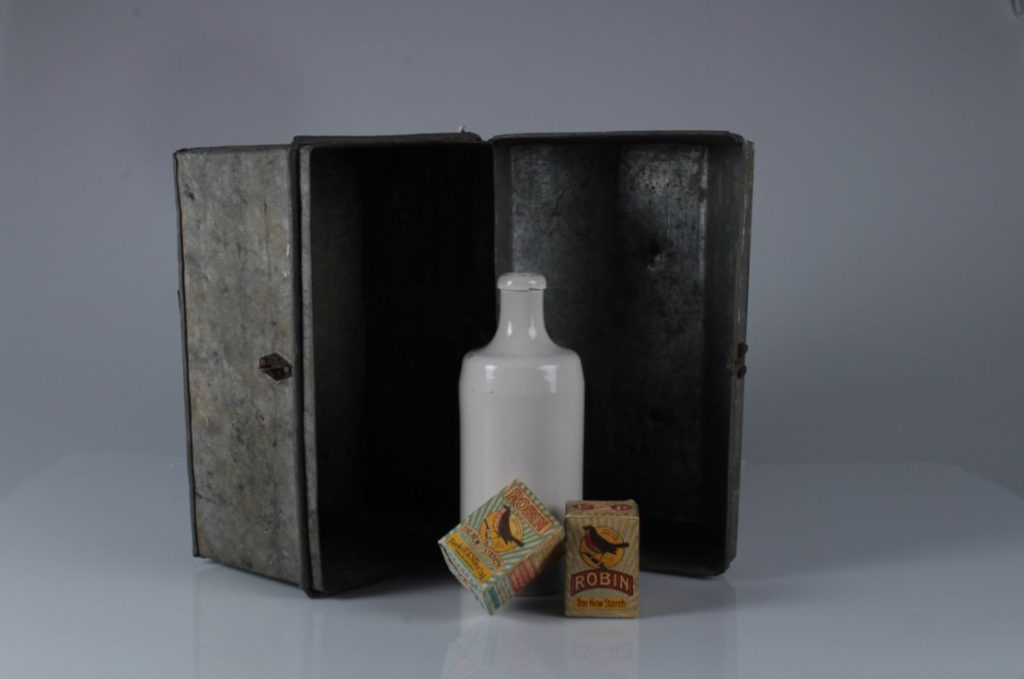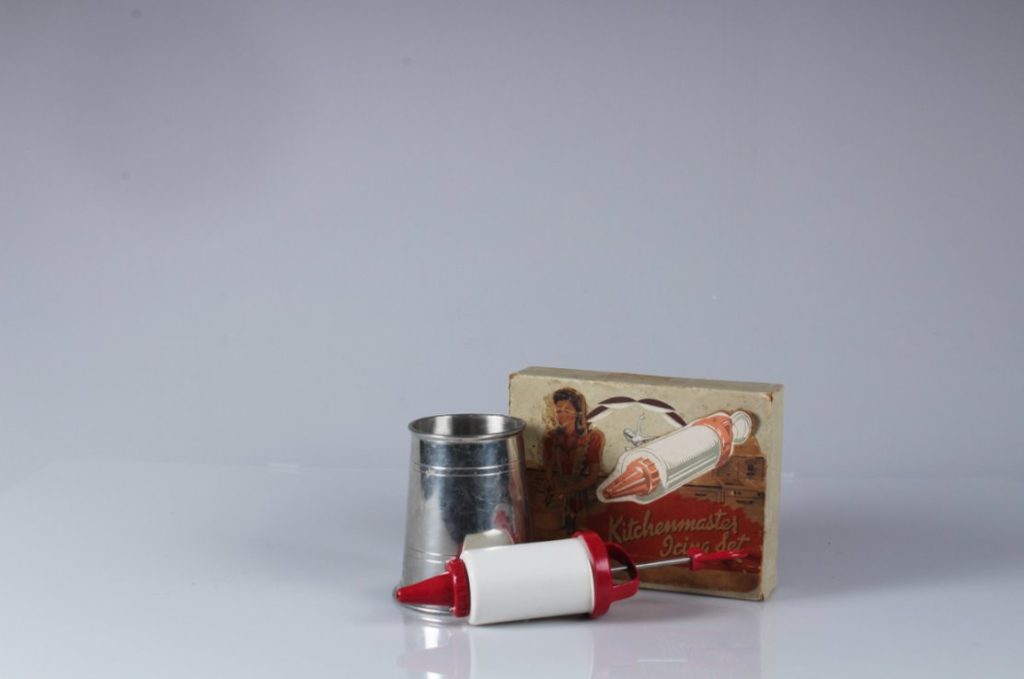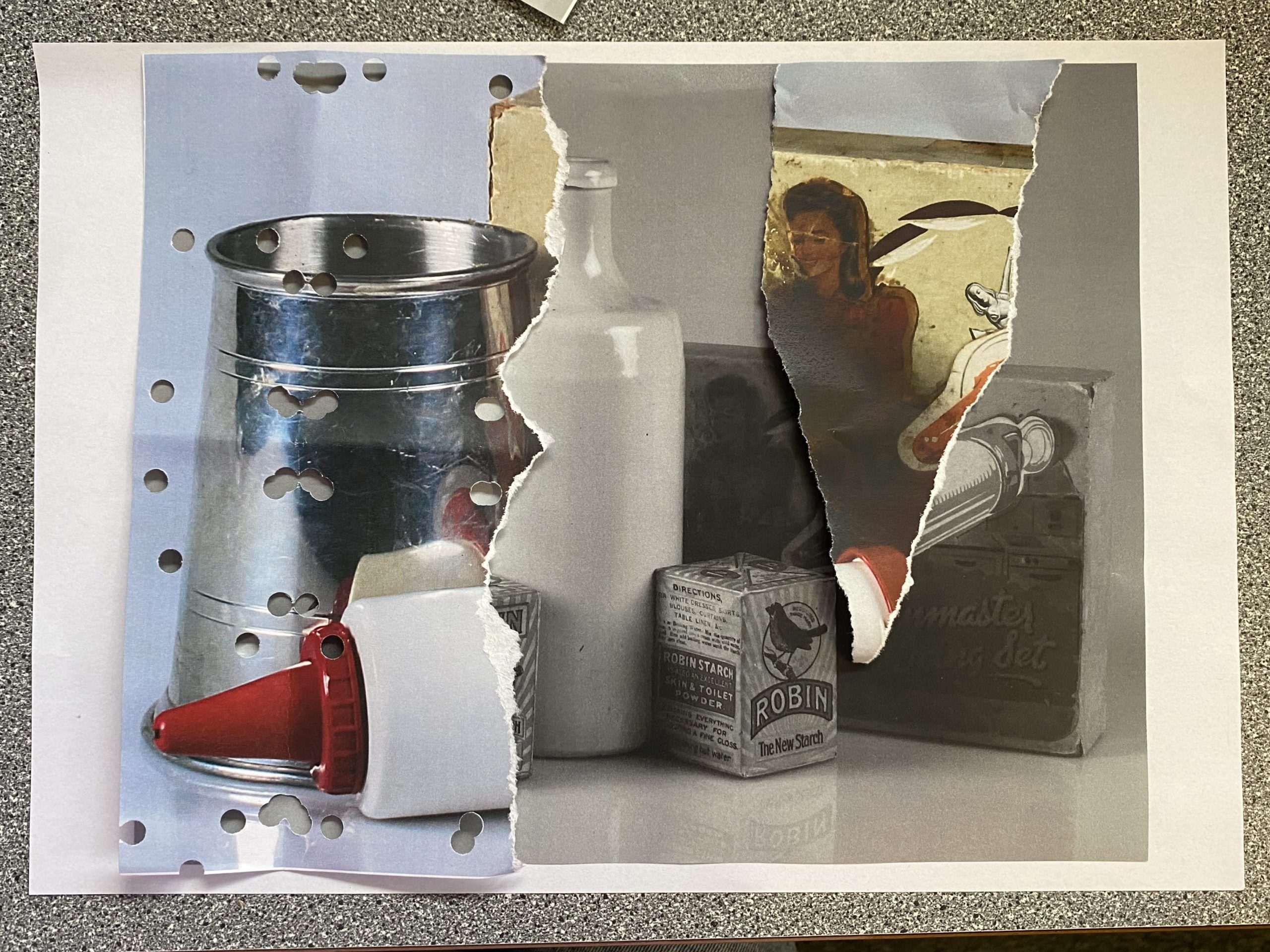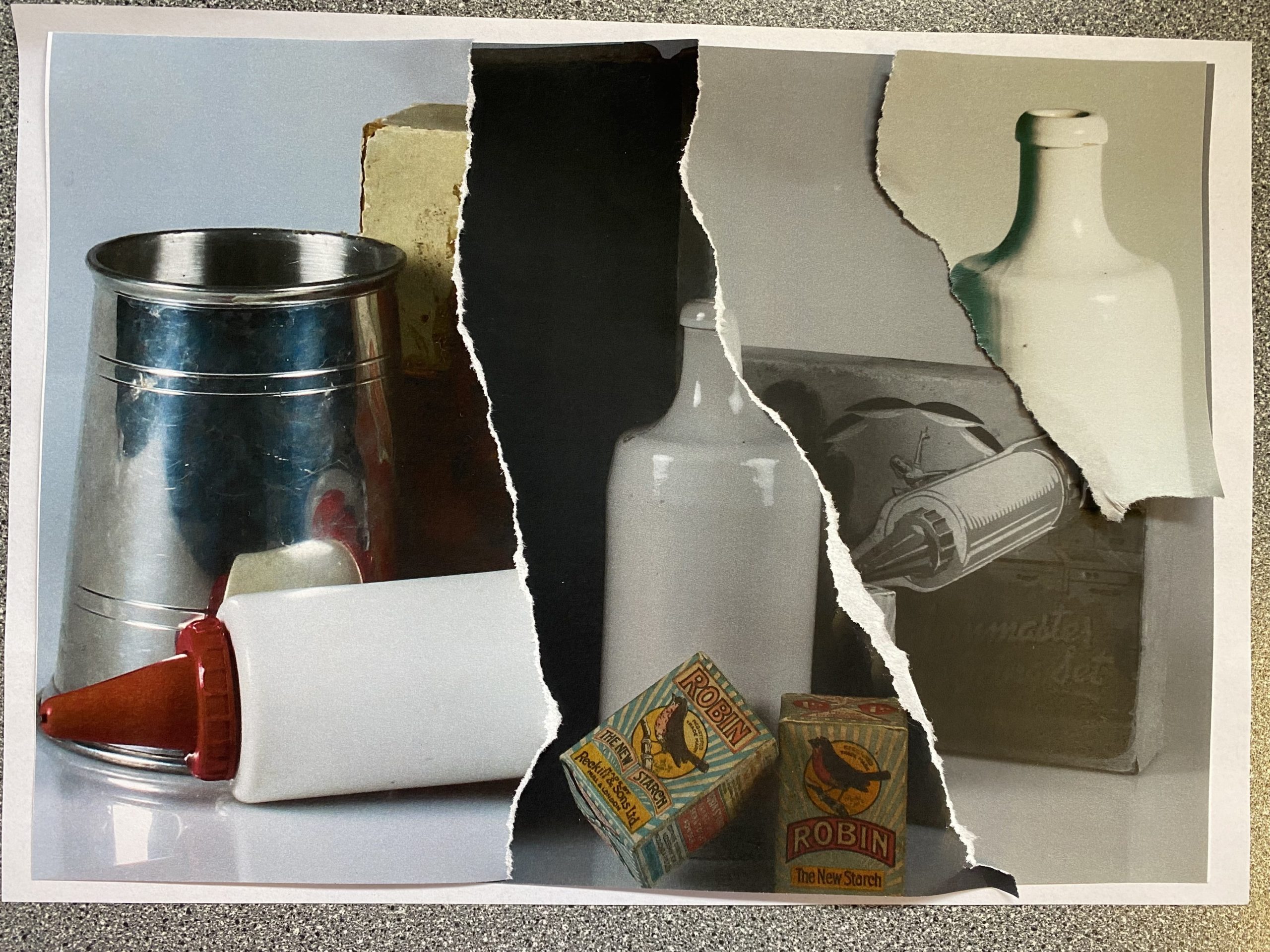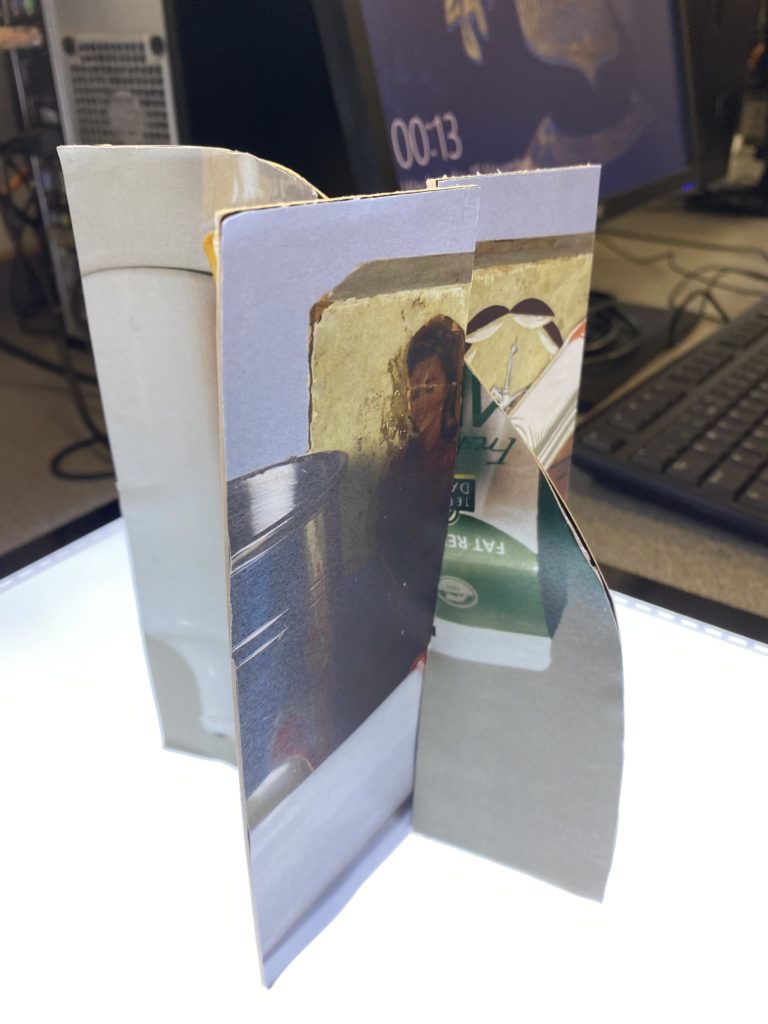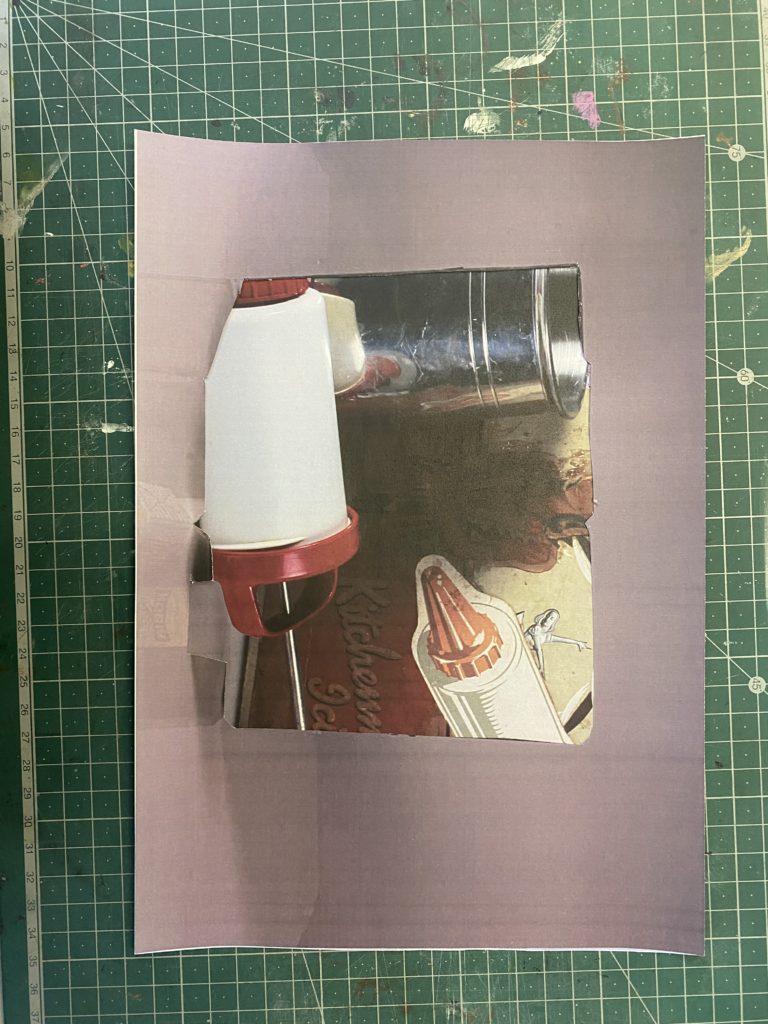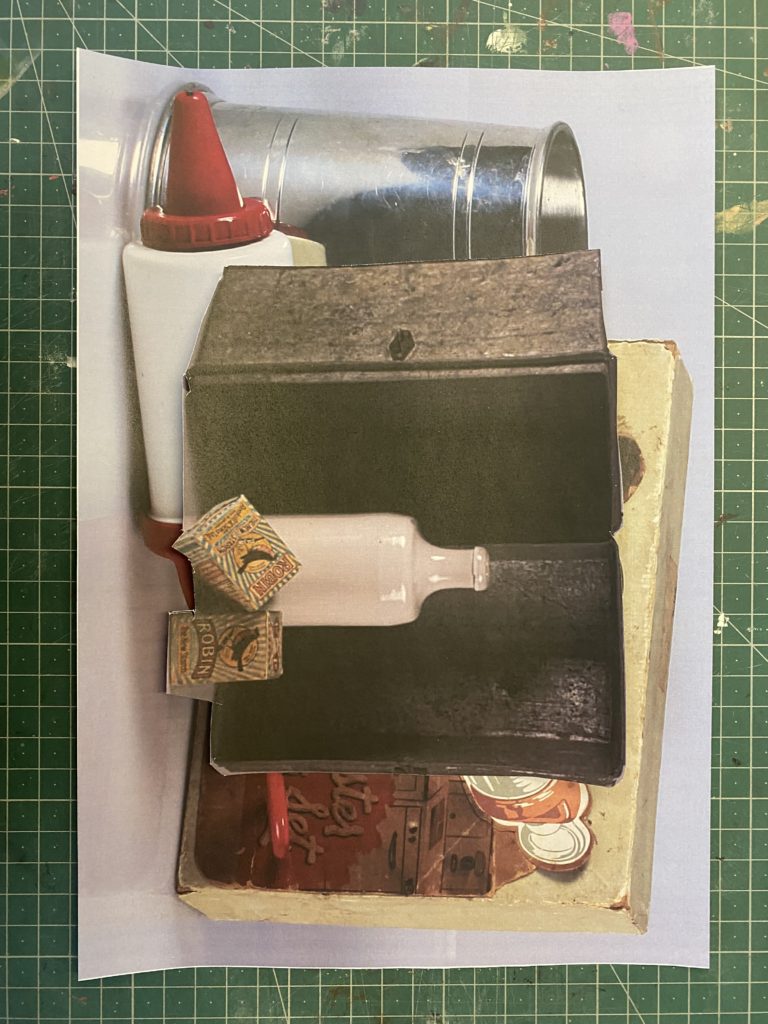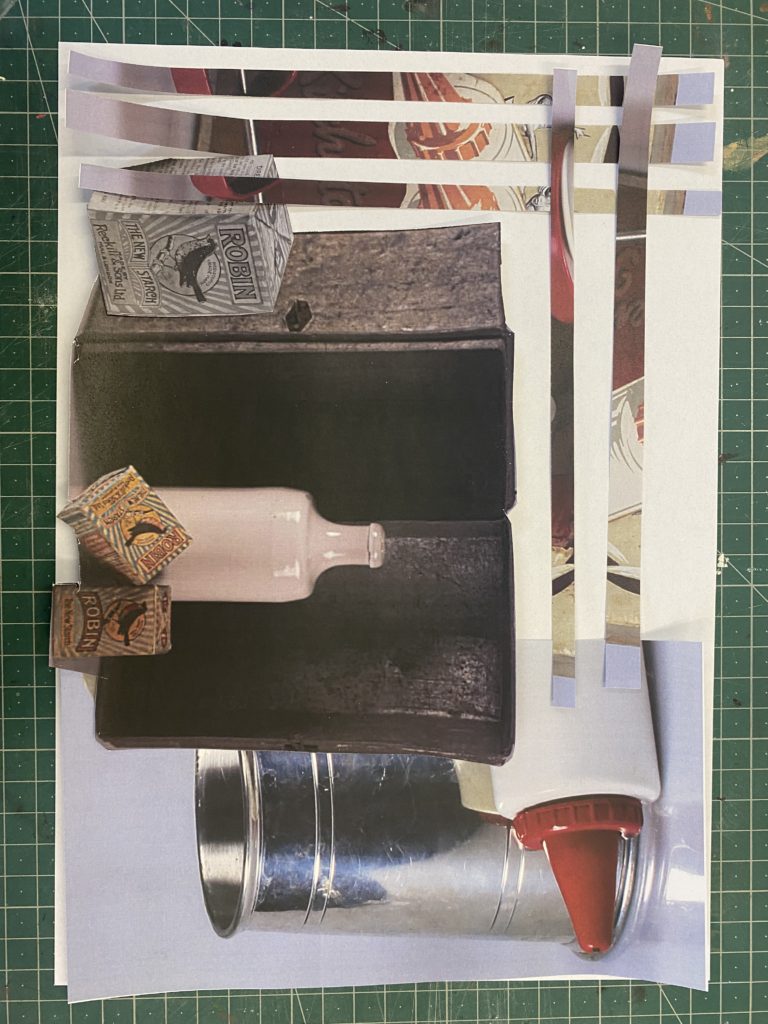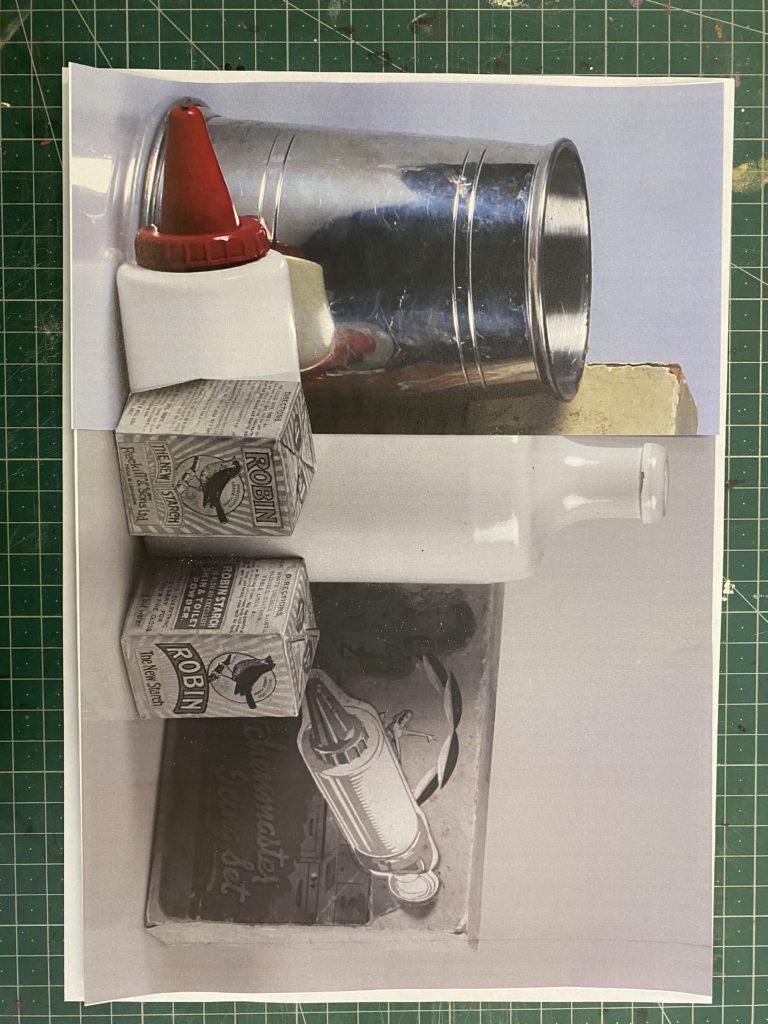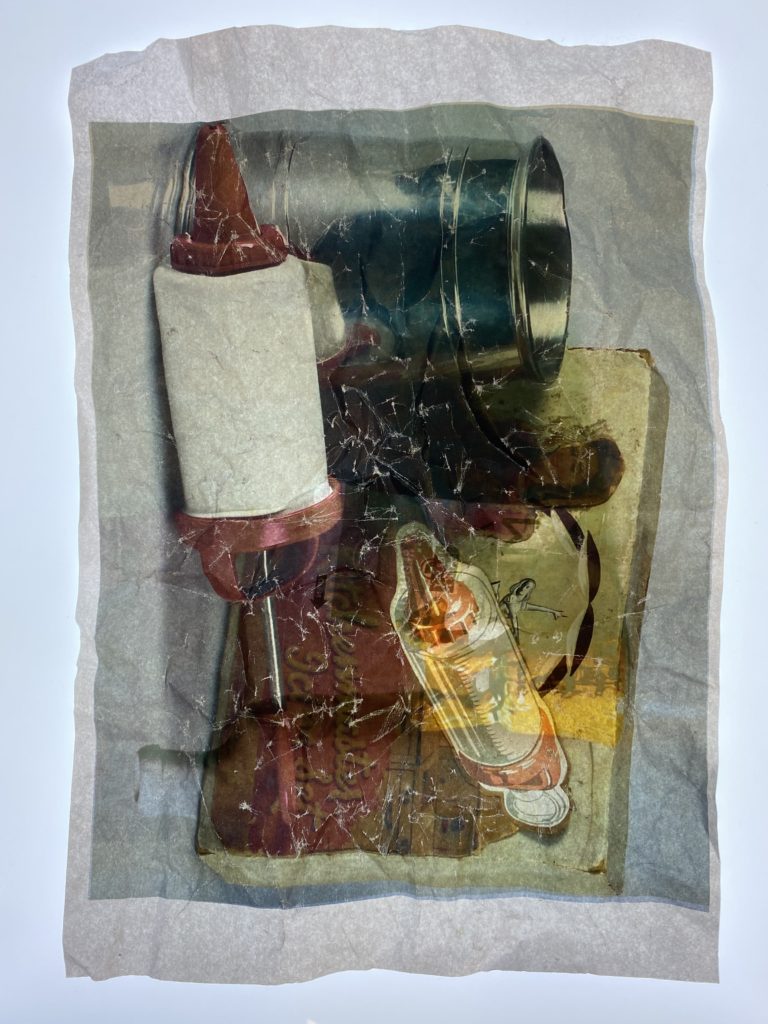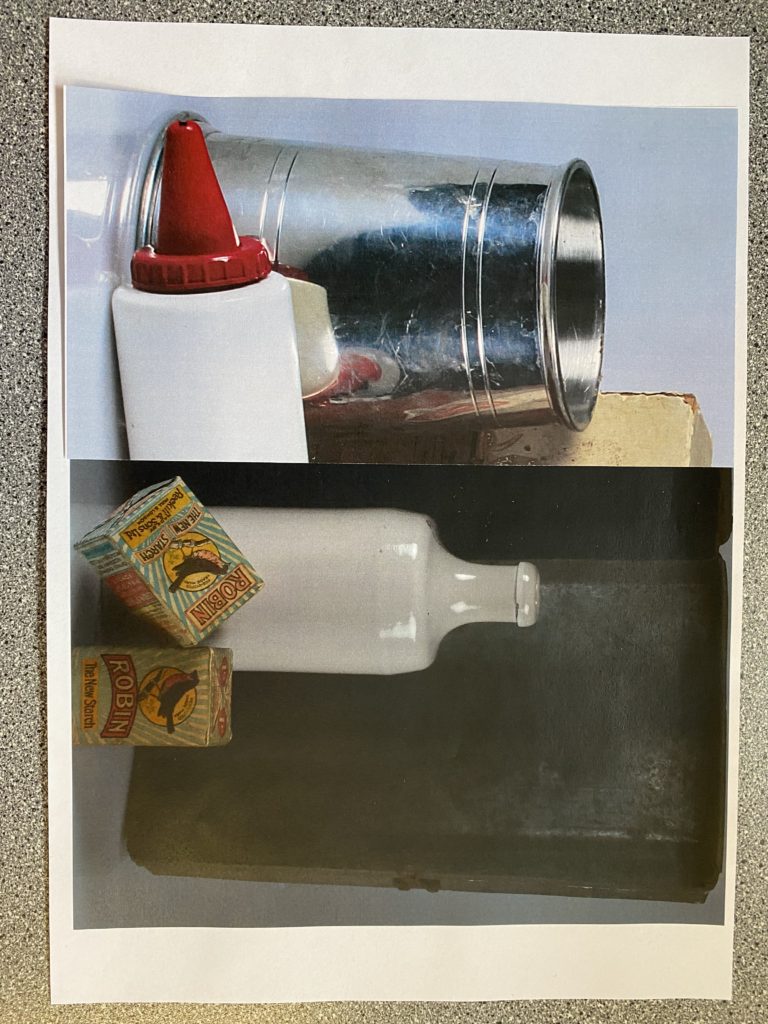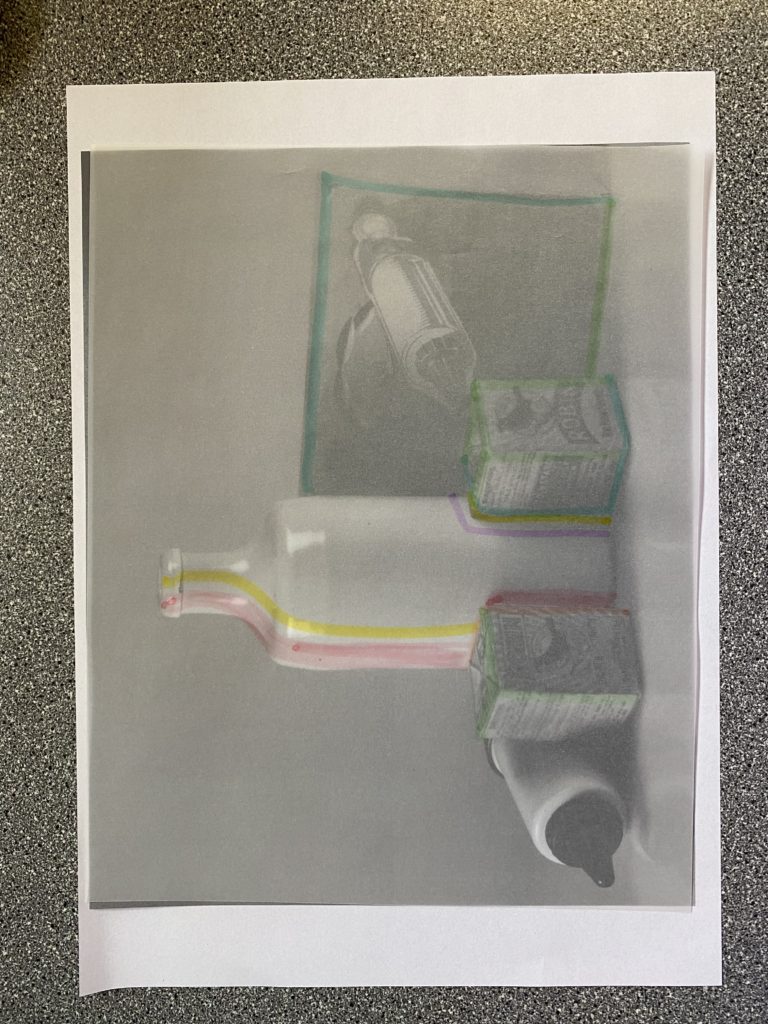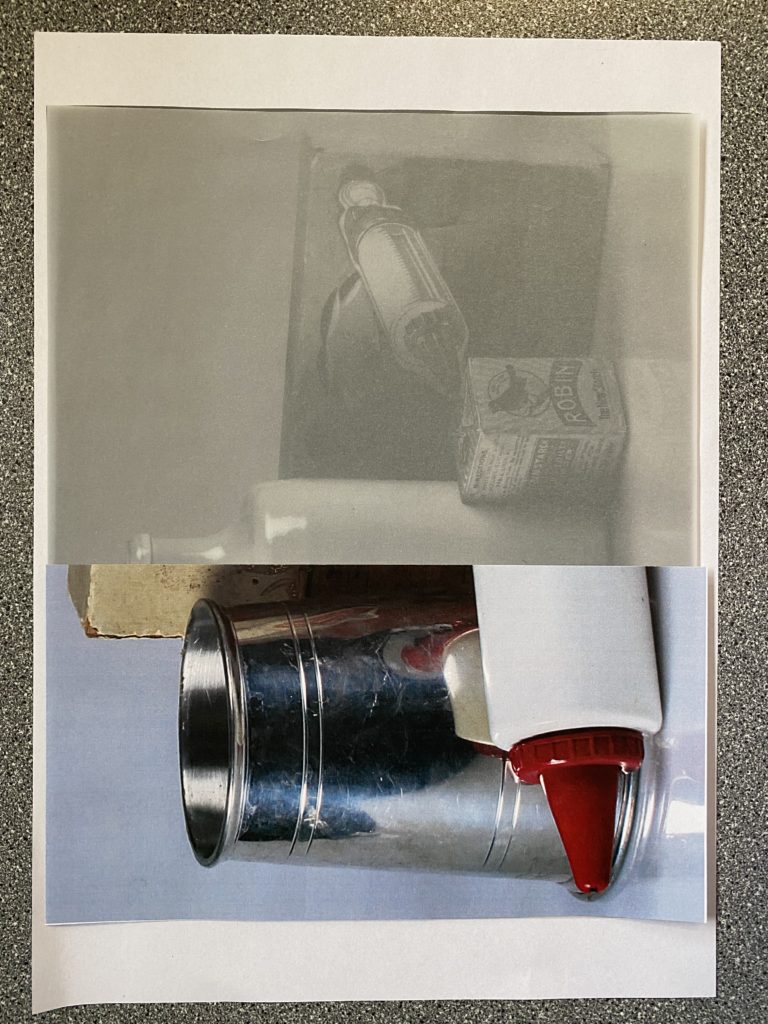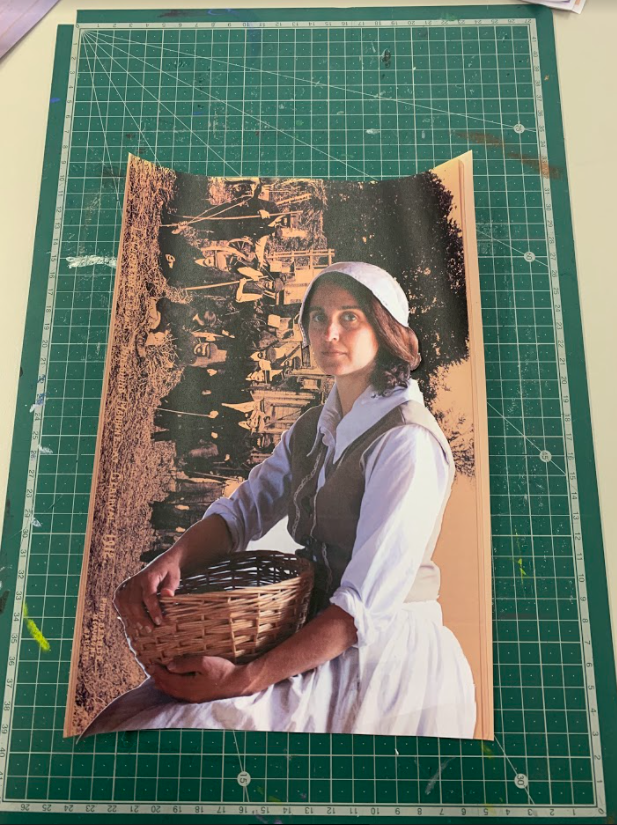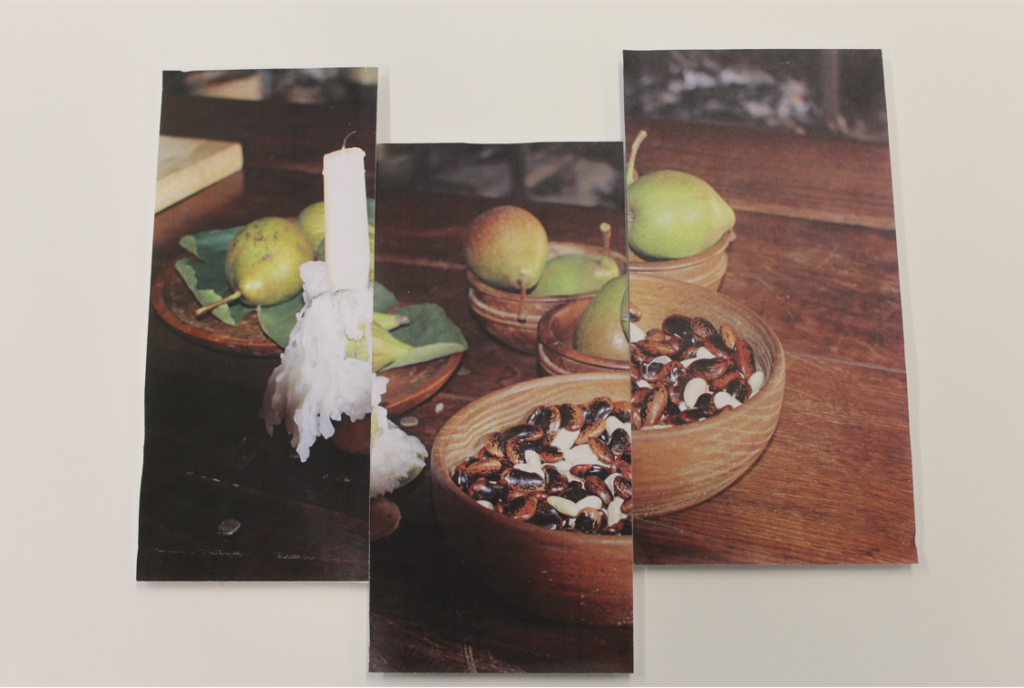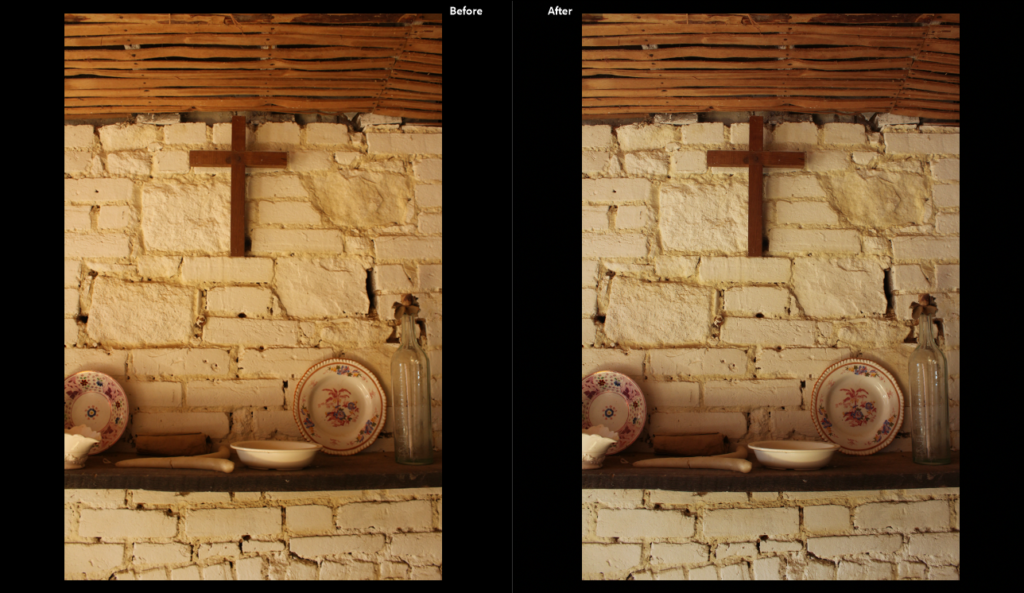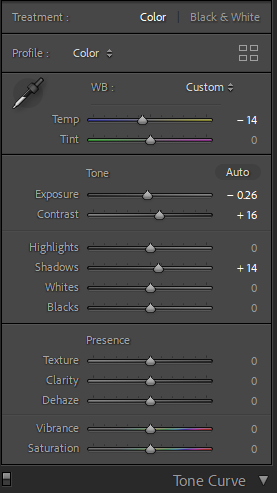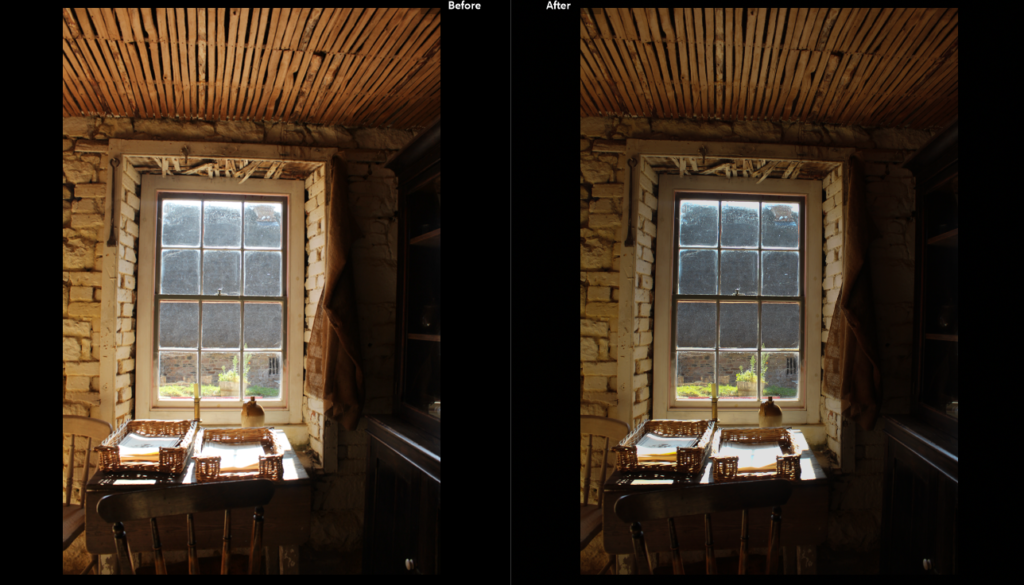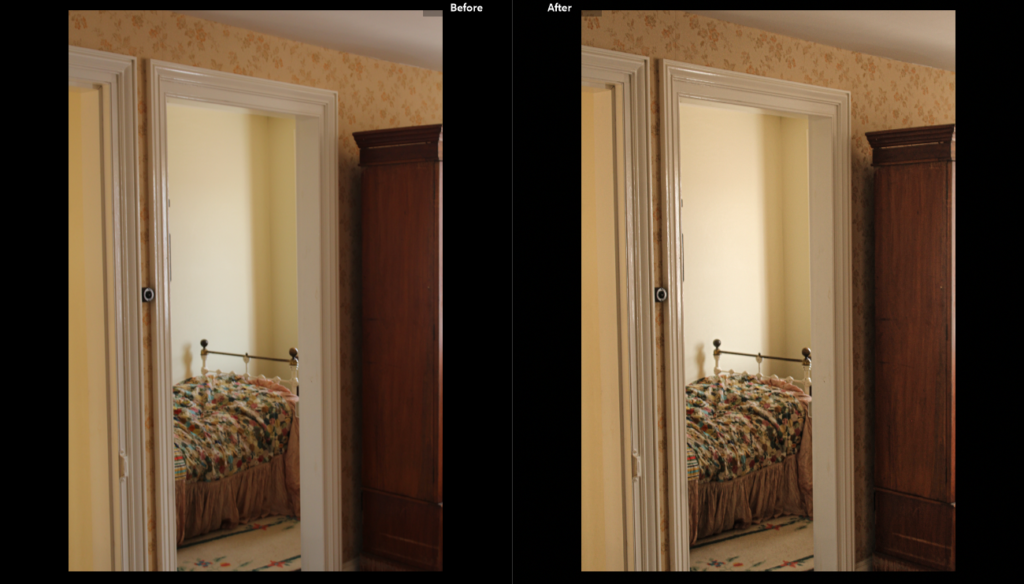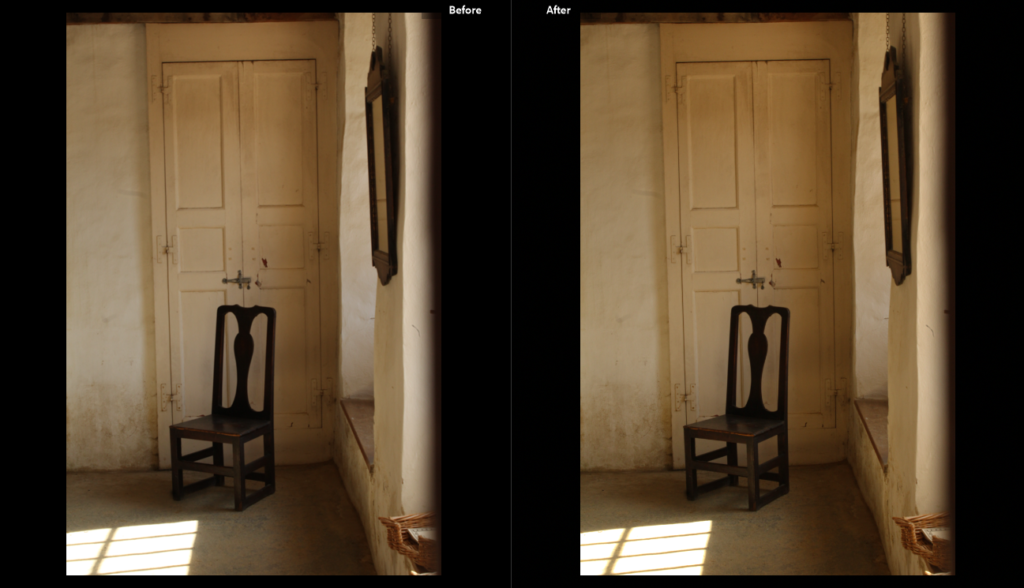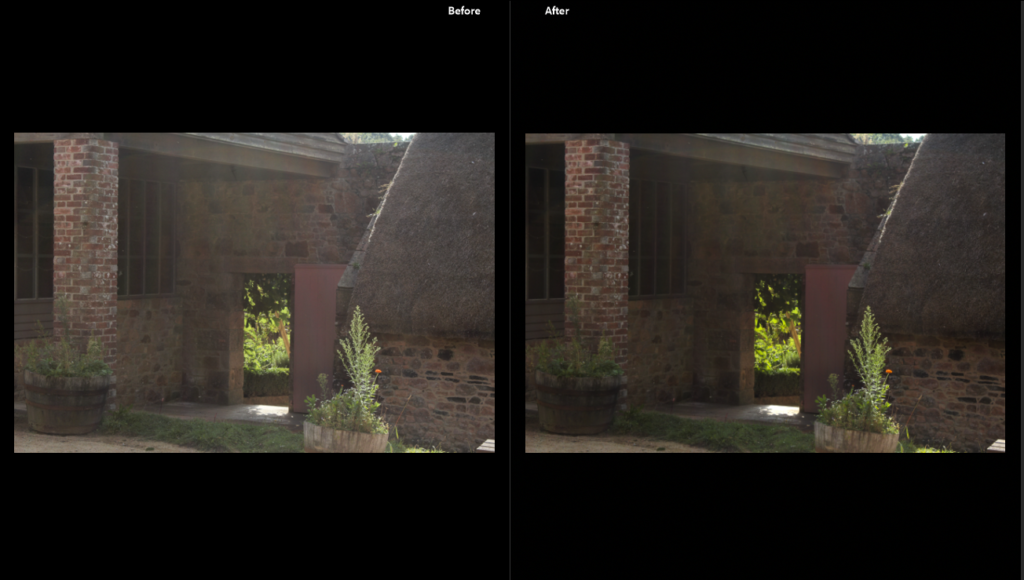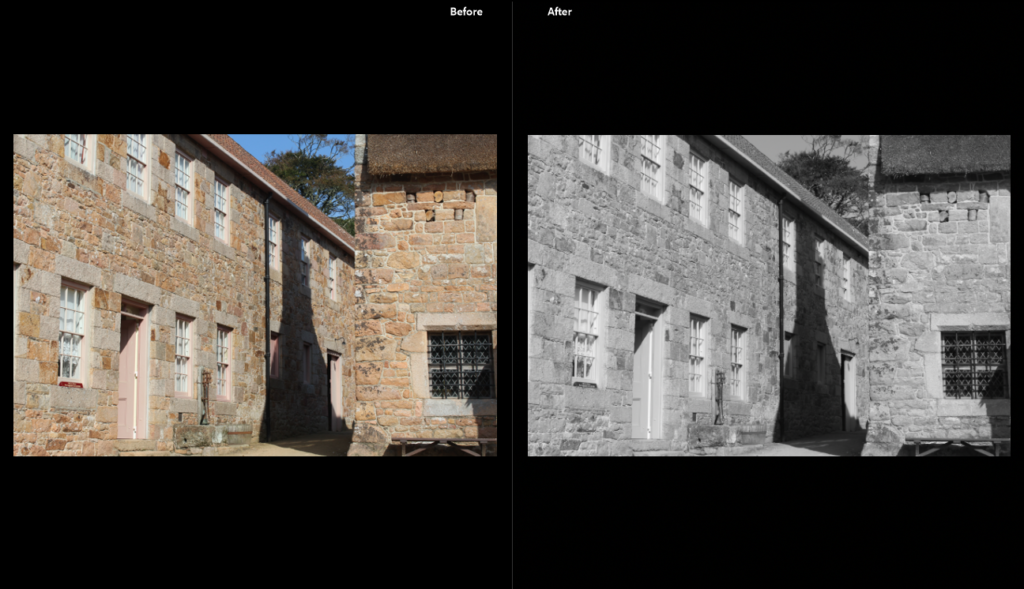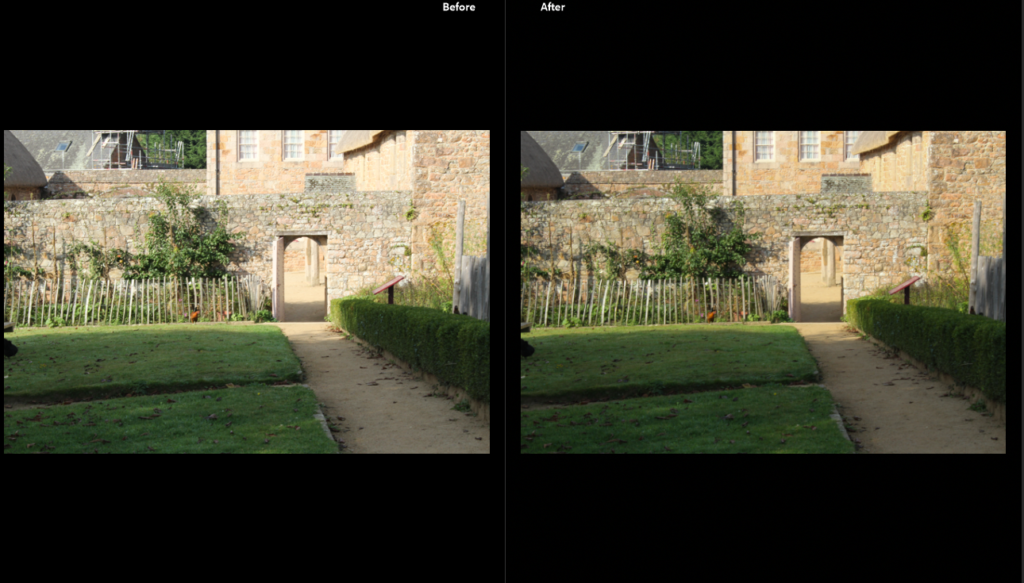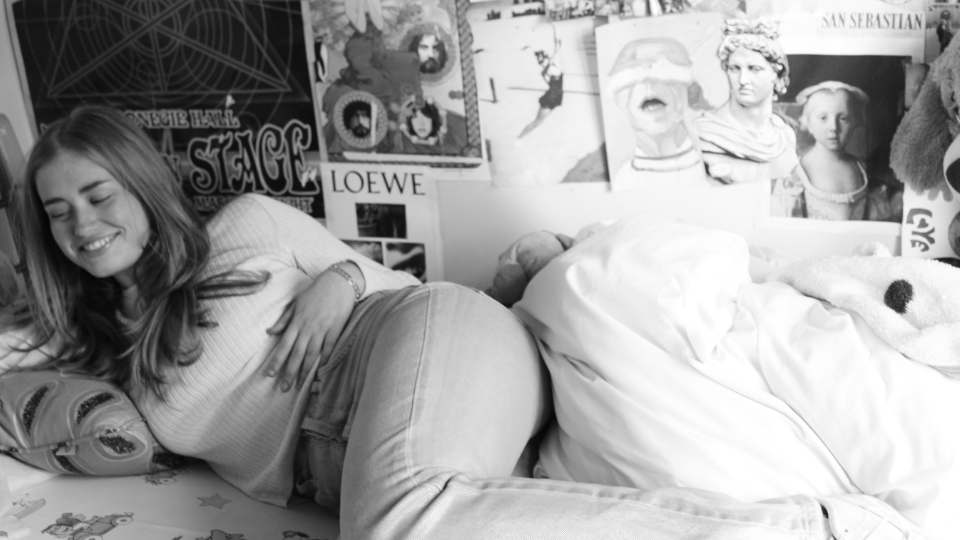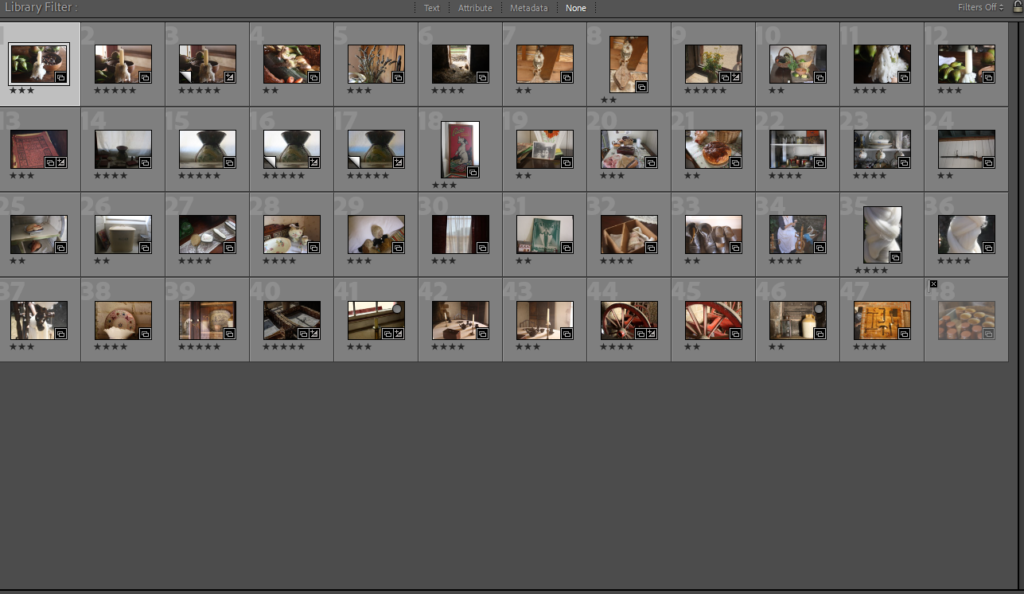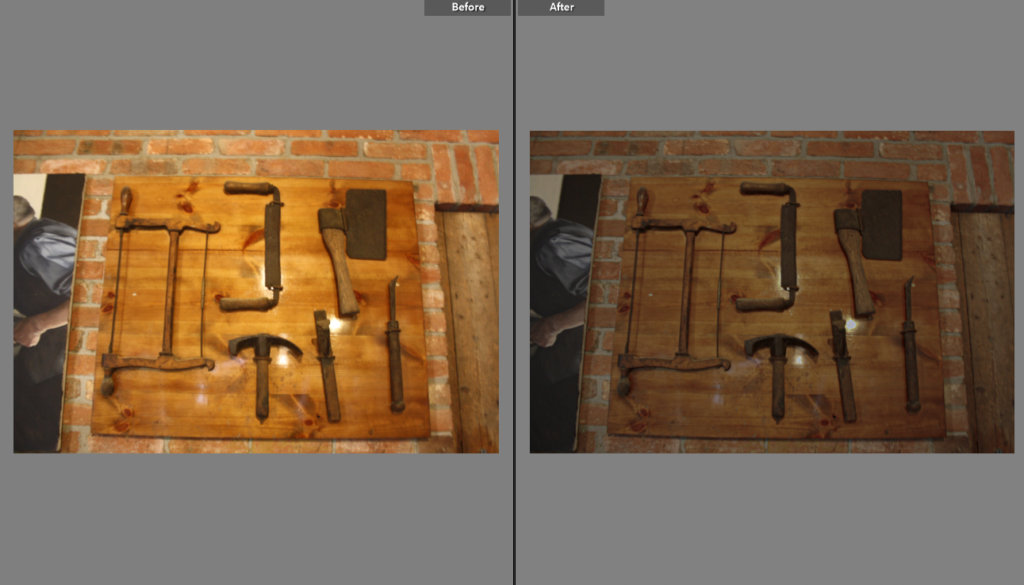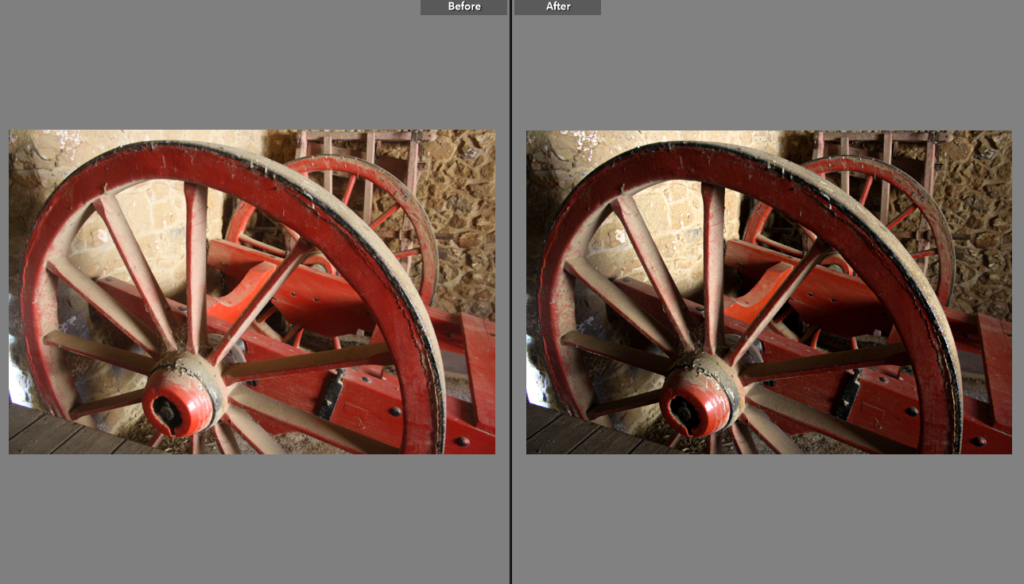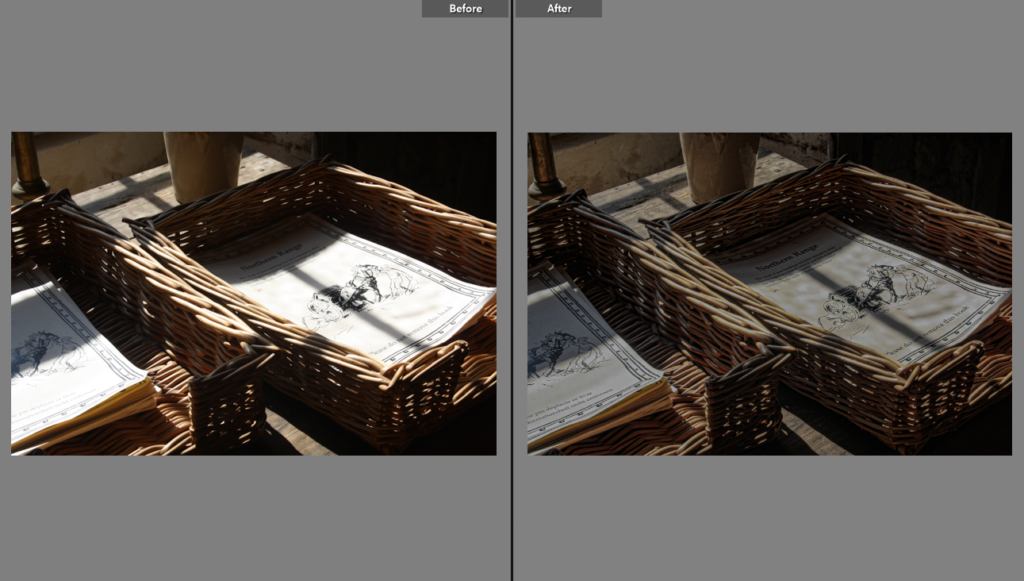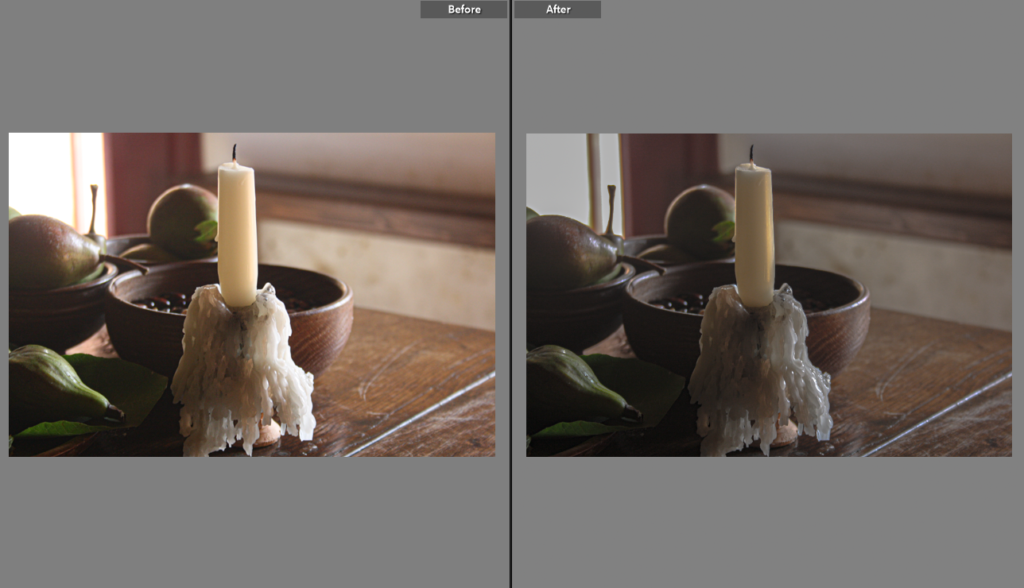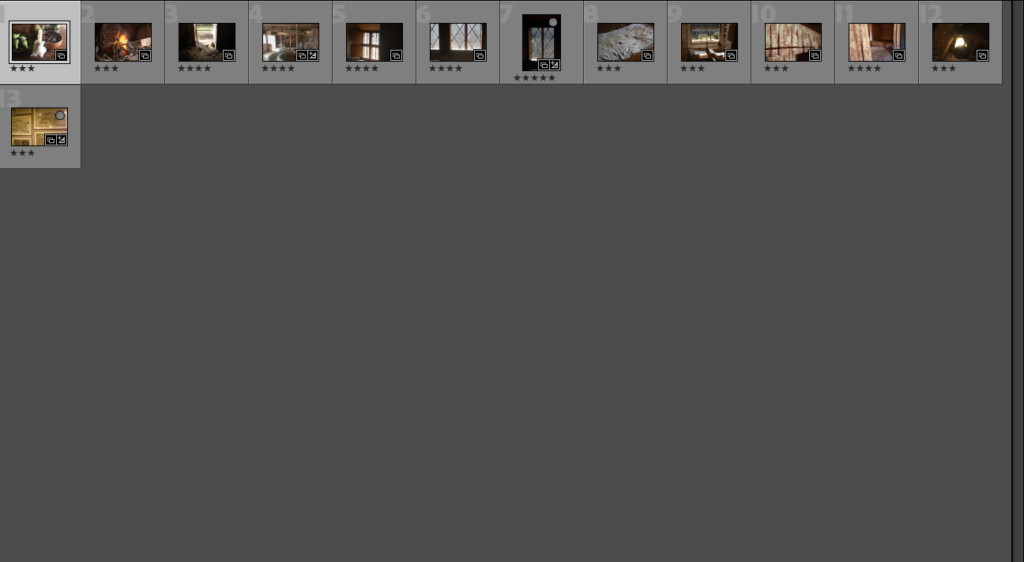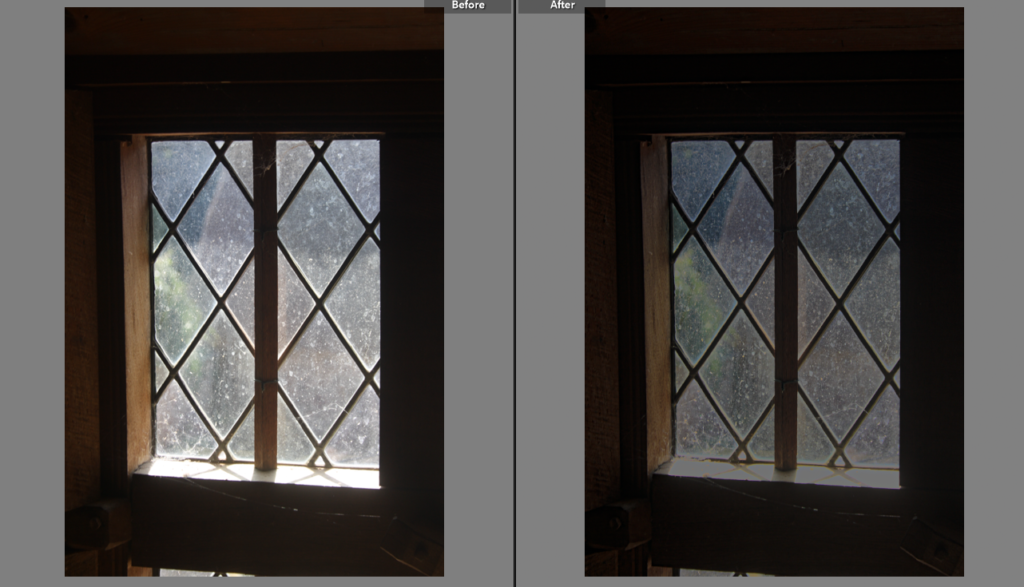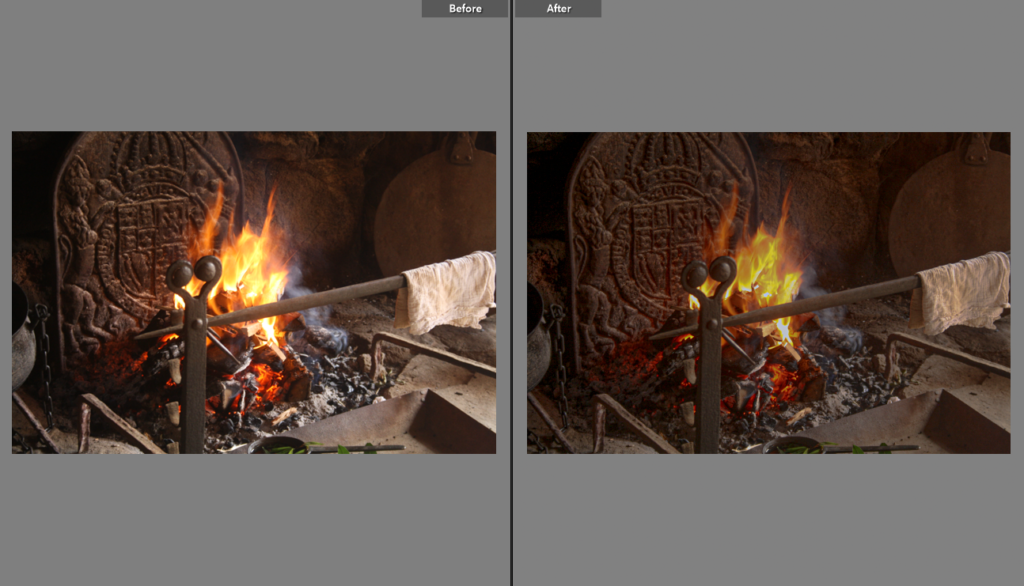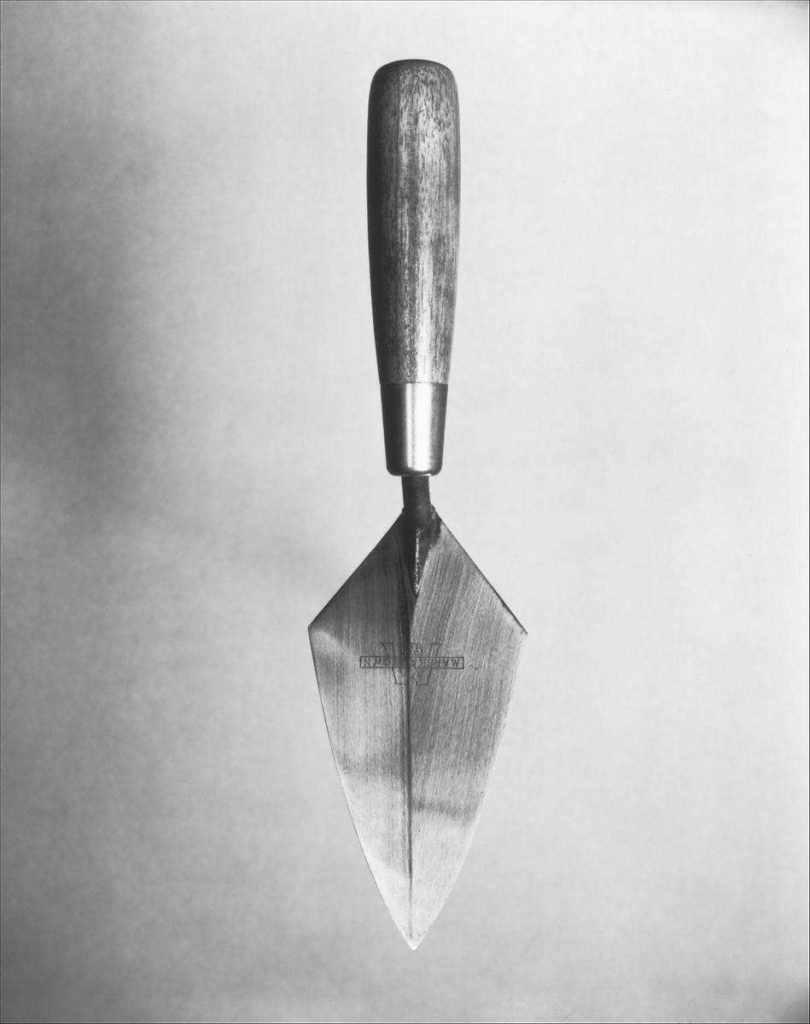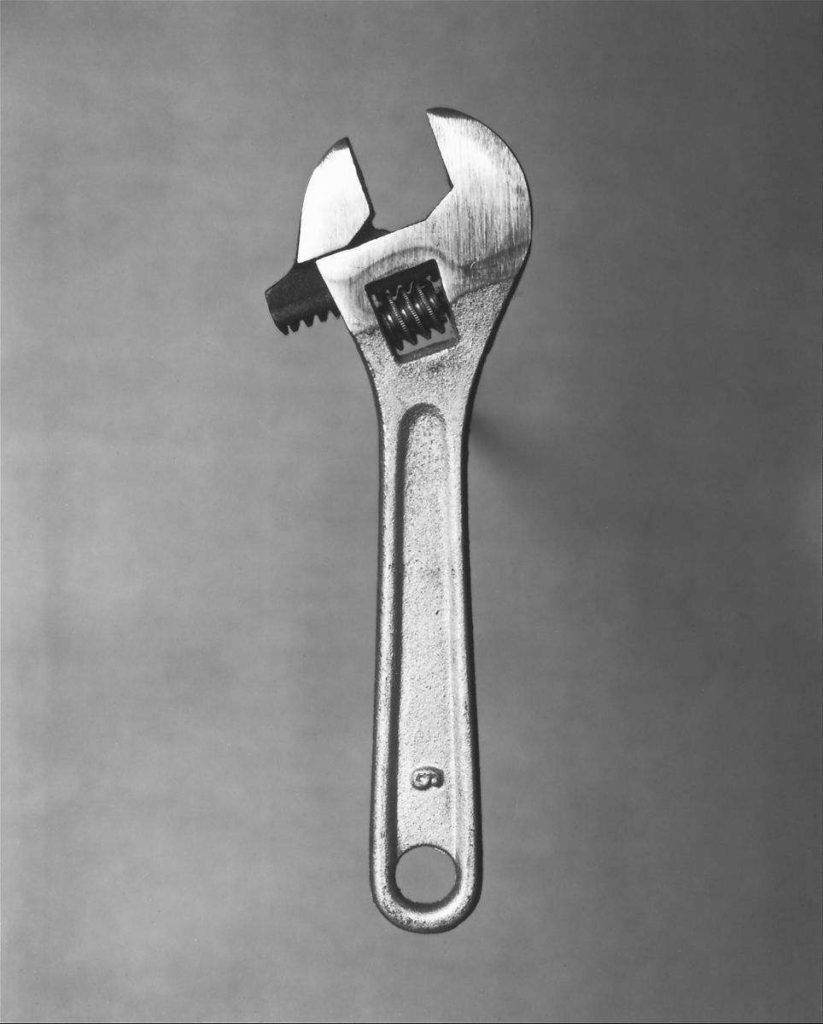Introduction
Below I have placed some of my favourite examples of different experimentation methods, I like the contrast of layering coloured images on top of monochromatic ones as it creates depth and adds vibrancy to the images. Furthermore, the use of 2 different images that are sliced together creates a brand new cohesive image as 2 images are visible despite the image not being formed as one.
John Stezaker
Stezaker attended the Slade School of Art in London in his early teens, he graduated with a Higher Diploma in Fine Art in 1973. In the early 1970s, he was among the first wave of British conceptual artists to react against what was then the predominance of Pop art. Solo exhibitions for Stezaker were rare for sometime, however, in the mid-2000s, his work was rediscovered by the art market; he is now collected by several international collectors and museums.
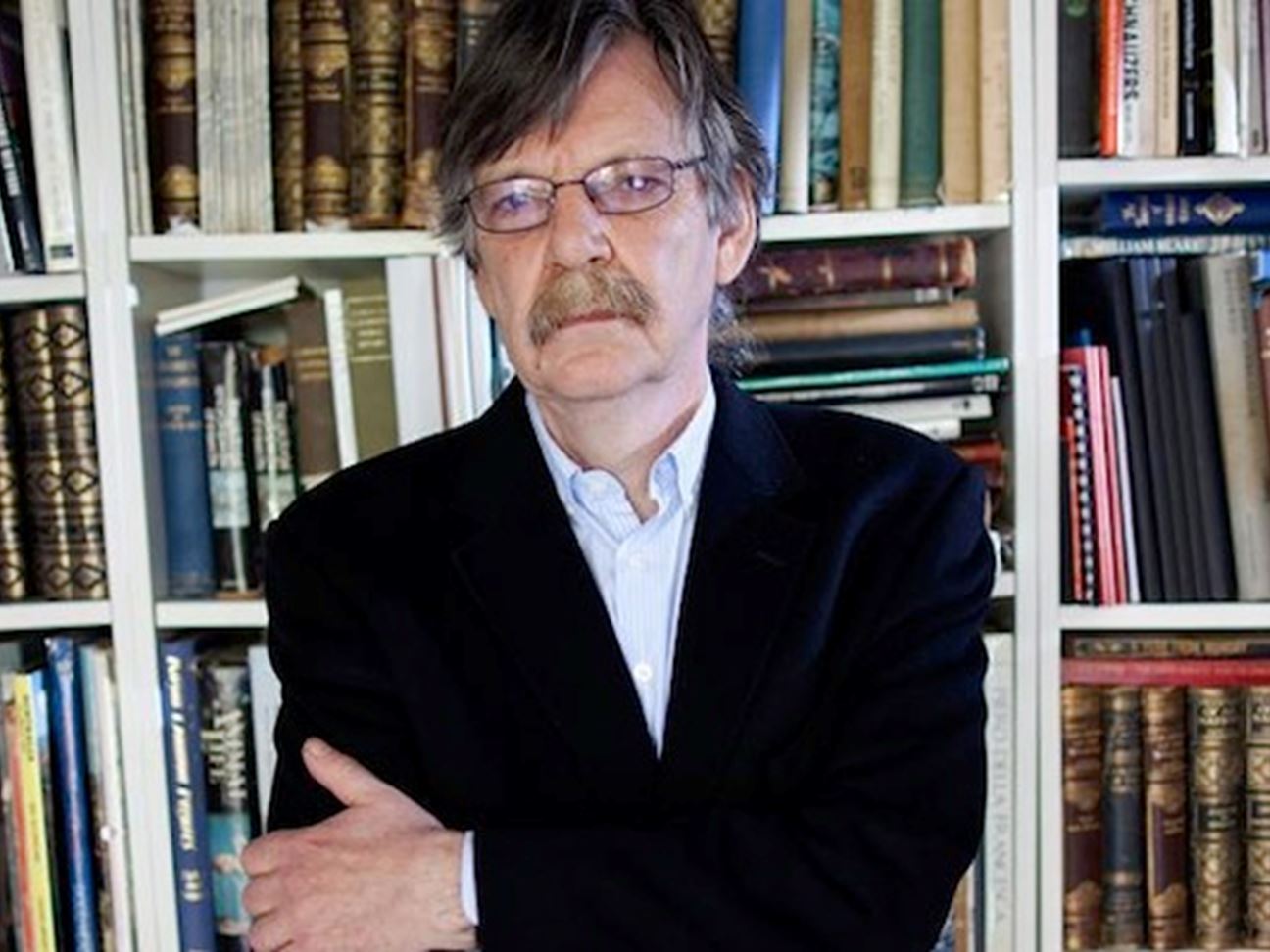
His work is surreal in tone and is often made using collage and the appropriation of pre-existing images such as postcards, film stills, and publicity photographs. Art historian Julian Stallabrass said, “The contrast at the heart of these works [by Stezaker] is not between represented and real, but between the unknowing primitives of popular culture, and the conscious, ironic artist and viewer of post-modern images.

This image below is named Third person by Stezaker and I have included this for inspiration as I like how it gives us at glimpse at two peoples lives, as the piece is composed of two very different people, one being the man smoking in the background/ surroundings and the other being the upper class lady, maybe even royalty. sitting in a palace. the contrast between smoking, lower class act vs maybe even the queen in the middle highlights the contrast between lifestyle. I can infer that the contrast between the blues in the gentleman and the red in the lady are also there to show this.

His work
Handmade Experiments
Below I have demonstrated some of my own experimentations using still life images, Hamptonne portraits and images of buildings. These show how the examples of experimentations posted onto the blog can be recreated using my won images and how some turned out to be more successful than others.
Photoshop work
Advantages of photoshop: It allows you to create and edit images for both print and web. Photoshop itself gives the user complete control over all kinds of image manipulation, editing and special effects and can be used for exact calibration of images for all output methods.
Combining still life images and Hamptonne images I have created multiple experimentations in Photoshop, I used inspiration from the Haulieu blog and came up with the idea for the image with the barn as a frame by myself. Furthermore, I got to learn the basics of photoshop and how to layer images to create new pieces of work.
I like how the images with the Hamptonne barn interior as a boarder came together as it creates a contrast between the barn which is hundreds of years old and the new still life images which are modern as they were taken recently. The shadows in the second image are unintentionally diagonal and match up well, I also positioned the two circular objects (Jersey old yogurt pot and white vase) so that the shaped lined up well, creating an effective final product. The other still life experimentation (bottom left) was an attempt to create the half and half affect, but in my opinion this isn’t my strongest piece as the objects don’t really line up and the colours don’t compliment each other.


